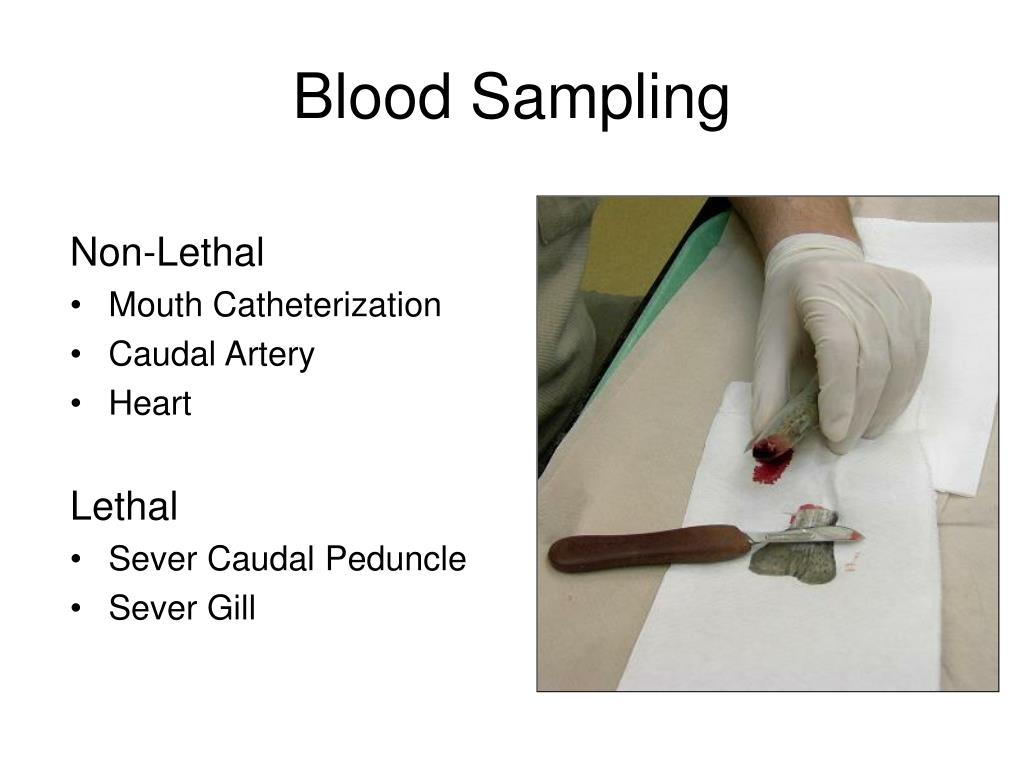Increased hemoglobin and hematocrit levels. Polycythemia: Symptoms, Causes, and Treatment of High Red Blood Cell Count
What are the main symptoms of polycythemia. How is polycythemia diagnosed and classified. What are the most effective treatments for high red blood cell count. What complications can arise from untreated polycythemia.
Understanding Polycythemia: An Overview of High Red Blood Cell Count
Polycythemia, also known as erythrocytosis, is a condition characterized by an abnormally high concentration of red blood cells in the blood. This increase in red blood cell mass is typically reflected by elevated hemoglobin and hematocrit levels on laboratory tests. While a certain level of red blood cells is essential for oxygen transport throughout the body, an excess can lead to various health complications.
The normal range for red blood cell mass is generally considered to be up to 36 ml/kg in males and 32 ml/kg in females. However, reference ranges for hemoglobin and hematocrit can vary based on factors like altitude, ethnicity, and geographic location. As a general guideline, healthy adult males typically have hemoglobin levels of 16 g/dL ± 2 g/dL and hematocrit of 47% ± 6%. For menstruating adult females, these values are usually around 13 g/dL ± 2 g/dL for hemoglobin and 40% ± 6% for hematocrit.
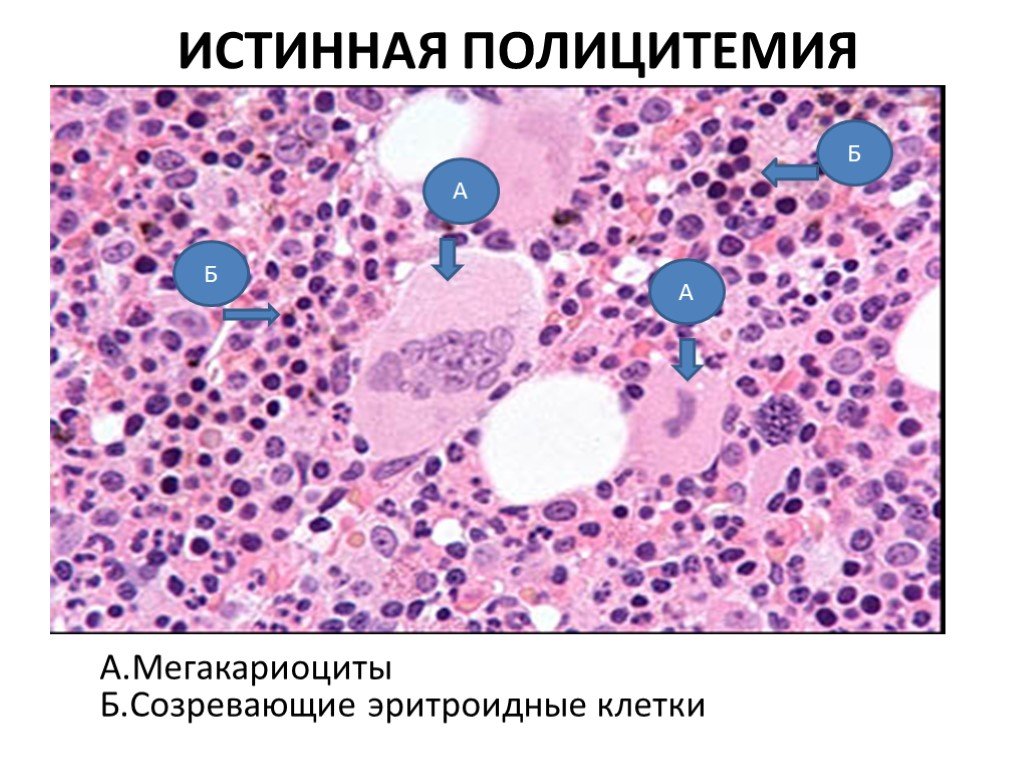
Types of Polycythemia
Polycythemia can be broadly classified into two main categories:
- Spurious Polycythemia: This occurs due to a decrease in plasma volume rather than an actual increase in red blood cell mass.
- True Polycythemia: This involves a genuine increase in red blood cell production and is further divided based on serum erythropoietin (EPO) levels:
- Primary Polycythemia (low serum EPO): Includes conditions like polycythemia vera
- Secondary Polycythemia (high serum EPO): Caused by various underlying conditions or external factors
Common Symptoms and Warning Signs of Polycythemia
Recognizing the symptoms of polycythemia is crucial for early diagnosis and treatment. While some individuals may be asymptomatic, especially in the early stages, many experience a range of symptoms due to increased blood viscosity and circulatory issues.
Key Symptoms to Watch For
- Headaches
- Dizziness
- Fatigue
- Itching, especially after warm showers or baths
- Reddish or ruddy complexion
- Shortness of breath
- Chest pain
- Bone pain
- Abdominal discomfort due to enlarged spleen
- Vision problems
Do these symptoms always indicate polycythemia? Not necessarily. Many of these symptoms can be associated with other conditions as well. However, if you experience a combination of these symptoms, especially if you have risk factors for polycythemia, it’s important to consult with a healthcare professional for proper evaluation.

Unraveling the Causes of Polycythemia
The etiology of polycythemia varies depending on whether it’s primary or secondary. Understanding these causes is essential for proper diagnosis and treatment.
Primary Polycythemia (Polycythemia Vera)
Primary polycythemia, most commonly polycythemia vera (PV), is a myeloproliferative neoplasm characterized by the overproduction of red blood cells. The primary cause of PV is a genetic mutation, with nearly 95% of cases involving a mutation in the JAK2 gene. This mutation leads to uncontrolled production of blood cells, particularly red blood cells.
Secondary Polycythemia
Secondary polycythemia occurs as a response to elevated levels of erythropoietin (EPO) in the body. Various conditions can trigger increased EPO production:
- High altitude exposure
- Chronic lung diseases (e.g., COPD)
- Cyanotic heart diseases
- Kidney disorders (e.g., renal cysts, renal artery stenosis)
- Certain tumors that secrete EPO
- Smoking (due to elevated carboxyhemoglobin levels)
- Hemoglobinopathies
- Iatrogenic causes (e.g., EPO administration, anabolic steroids)
Can lifestyle factors contribute to polycythemia? Indeed, certain lifestyle choices can increase the risk of developing secondary polycythemia. For instance, living at high altitudes or engaging in activities that expose you to chronic hypoxia can stimulate EPO production. Similarly, smoking not only increases carboxyhemoglobin levels but also creates a state of relative hypoxia in the body, potentially leading to increased red blood cell production.

Diagnostic Approaches for Polycythemia
Accurate diagnosis of polycythemia involves a combination of clinical evaluation, laboratory tests, and sometimes genetic analysis. The diagnostic process aims to confirm the presence of increased red blood cell mass and determine the underlying cause.
Initial Evaluation
- Complete Blood Count (CBC): This test measures hemoglobin, hematocrit, and red blood cell count. Elevated levels may indicate polycythemia.
- Peripheral Blood Smear: Examination of blood cells under a microscope can reveal abnormalities in cell size, shape, and number.
- Serum Erythropoietin Level: This helps differentiate between primary and secondary polycythemia.
Advanced Diagnostic Tests
- Bone Marrow Biopsy: This can provide information about blood cell production and help diagnose polycythemia vera.
- Genetic Testing: Detection of JAK2 mutations can confirm a diagnosis of polycythemia vera.
- Oxygen Saturation: To assess for chronic hypoxemia in cases of suspected secondary polycythemia.
- Imaging Studies: Such as chest X-rays or echocardiograms to evaluate for underlying cardiopulmonary diseases.
How long does it take to diagnose polycythemia? The time frame for diagnosis can vary. Initial blood tests can be completed within a day or two, but additional tests like bone marrow biopsy or genetic analysis may take several days to a week. In some cases, especially when investigating secondary causes, the diagnostic process could extend over several weeks as various potential underlying conditions are evaluated.
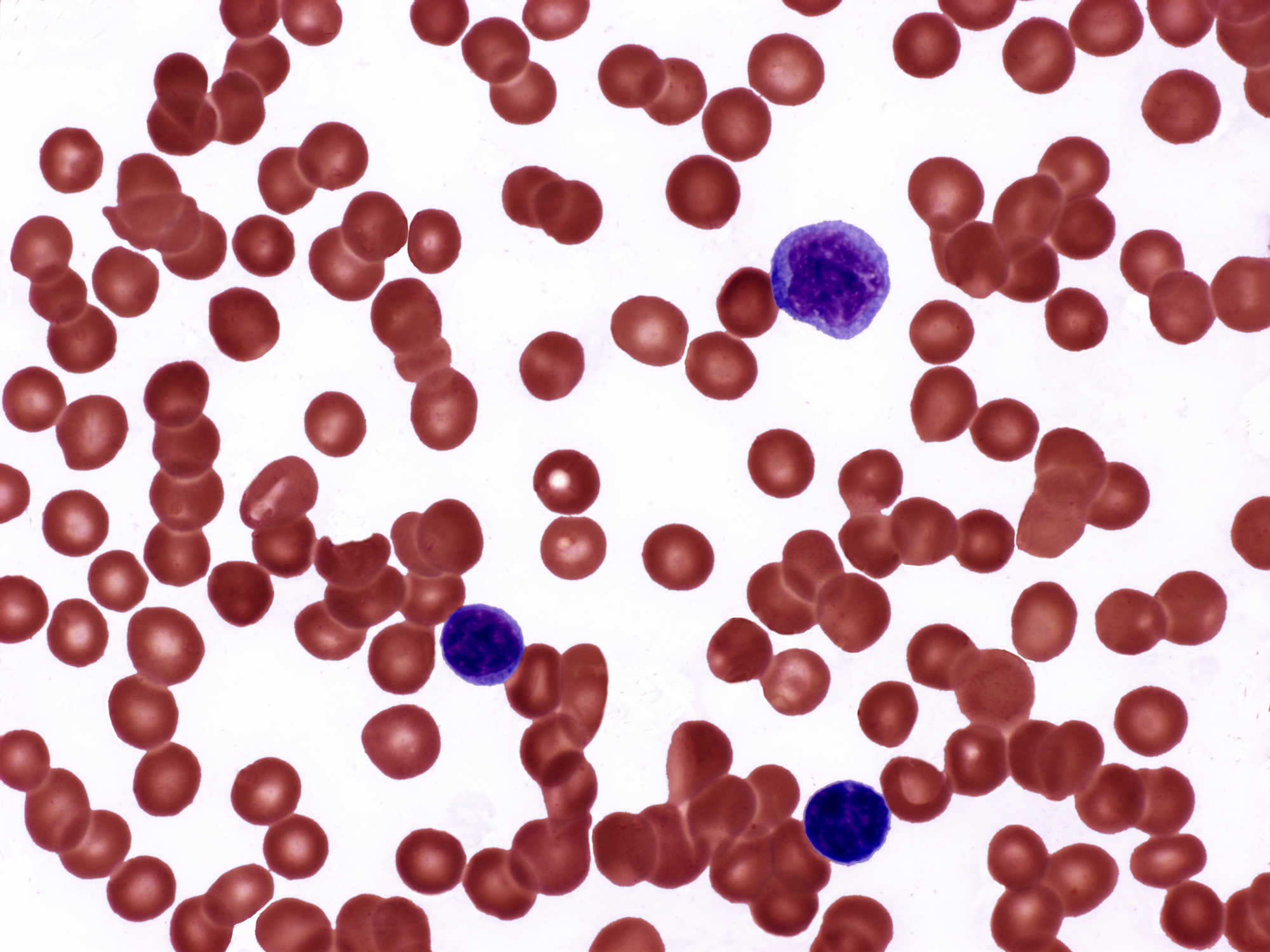
Treatment Strategies for Managing Polycythemia
The treatment approach for polycythemia depends on its underlying cause, severity of symptoms, and the patient’s overall health status. The primary goals of treatment are to reduce the risk of thrombotic events, alleviate symptoms, and address any underlying conditions.
Treatment Options for Polycythemia Vera
- Phlebotomy: Regular blood removal to reduce blood viscosity and maintain hematocrit below 45%.
- Low-dose Aspirin: To reduce the risk of thrombotic events.
- Cytoreductive Therapy: Medications like hydroxyurea or interferon-alpha to suppress blood cell production.
- JAK2 Inhibitors: Such as ruxolitinib for patients who are resistant or intolerant to hydroxyurea.
Managing Secondary Polycythemia
- Treating Underlying Conditions: Addressing the root cause, such as managing COPD or correcting congenital heart defects.
- Lifestyle Modifications: Including smoking cessation and avoiding high altitudes if applicable.
- Phlebotomy: May be used in severe cases to quickly reduce blood viscosity.
- Oxygen Therapy: For patients with chronic hypoxemia.
What is the most effective treatment for polycythemia? The effectiveness of treatment varies depending on the type and cause of polycythemia. For polycythemia vera, a combination of phlebotomy and low-dose aspirin is often the first-line treatment, with cytoreductive therapy added for high-risk patients. In secondary polycythemia, addressing the underlying cause is paramount. Regular monitoring and adjustment of treatment strategies are essential for optimal management.

Potential Complications and Long-term Outlook of Polycythemia
While proper management can significantly improve outcomes, polycythemia, particularly if left untreated, can lead to various complications. Understanding these potential risks is crucial for both patients and healthcare providers.
Common Complications
- Thrombosis: Increased risk of blood clots in arteries and veins, potentially leading to stroke, heart attack, or deep vein thrombosis.
- Bleeding: Paradoxically, there’s also an increased risk of bleeding, especially in polycythemia vera.
- Splenomegaly: Enlargement of the spleen, which can cause abdominal discomfort and early satiety.
- Gout: Due to increased cell turnover and uric acid production.
- Progression to Other Blood Disorders: In polycythemia vera, there’s a risk of progression to myelofibrosis or acute leukemia.
Long-term Prognosis
The long-term outlook for patients with polycythemia varies depending on the type, underlying cause, and effectiveness of treatment. For secondary polycythemia, prognosis often depends on successful management of the underlying condition. In polycythemia vera, while it is generally considered a chronic condition, proper management can significantly improve quality of life and reduce complications.
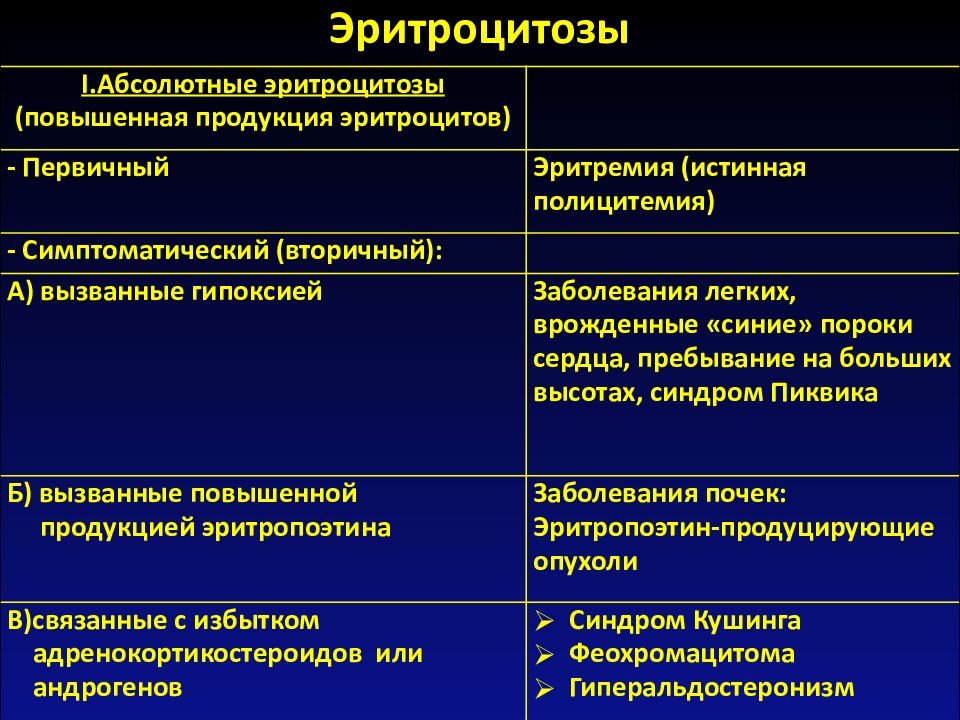
Can polycythemia be cured completely? Secondary polycythemia can often be resolved by addressing the underlying cause. However, primary polycythemia, such as polycythemia vera, is generally not curable but can be effectively managed as a chronic condition. With appropriate treatment and regular monitoring, many patients with polycythemia vera can maintain a good quality of life for many years.
Living with Polycythemia: Lifestyle Adjustments and Self-Care
Managing polycythemia often extends beyond medical treatments. Lifestyle modifications and self-care strategies play a crucial role in symptom management and overall well-being for individuals living with this condition.
Key Lifestyle Recommendations
- Stay Hydrated: Adequate fluid intake helps maintain blood viscosity at healthier levels.
- Regular Exercise: Moderate physical activity can improve circulation and overall cardiovascular health.
- Avoid Extreme Temperatures: Both very hot and very cold environments can affect blood flow and exacerbate symptoms.
- Smoking Cessation: For those with secondary polycythemia related to smoking.
- Dietary Considerations: A balanced diet rich in fruits, vegetables, and whole grains supports overall health.
- Stress Management: Techniques like meditation or yoga can help manage stress-related symptoms.
Self-Monitoring and Regular Check-ups
Patients with polycythemia should be proactive in their care:
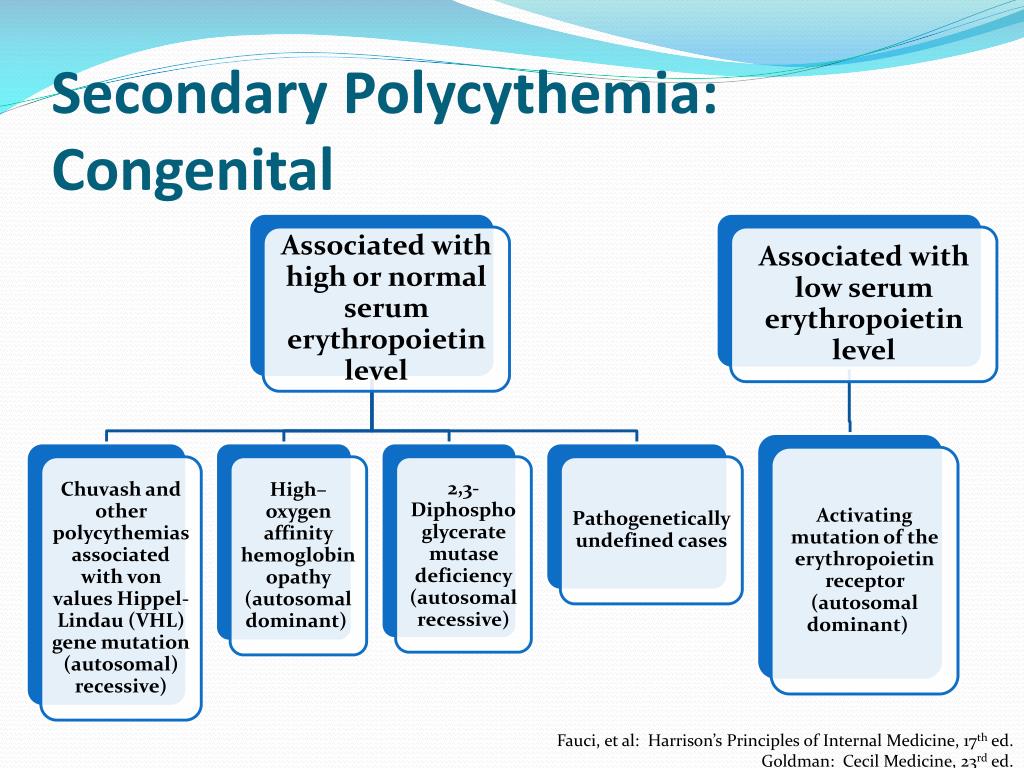
- Keep track of symptoms and report any changes to healthcare providers.
- Adhere to prescribed medication regimens and phlebotomy schedules.
- Attend regular follow-up appointments for blood tests and evaluations.
- Be aware of signs that might indicate complications, such as unusual bruising or prolonged bleeding.
How often should patients with polycythemia have check-ups? The frequency of check-ups can vary based on the individual’s condition and treatment plan. Generally, patients with well-controlled polycythemia might have blood tests every 3-4 months and see their hematologist every 6-12 months. However, those with more severe symptoms or those undergoing active treatment may require more frequent monitoring. It’s essential to follow the specific recommendations of your healthcare provider.
Emerging Research and Future Directions in Polycythemia Treatment
The field of hematology continues to evolve, with ongoing research aimed at improving our understanding and treatment of polycythemia. These advancements offer hope for more targeted and effective therapies in the future.
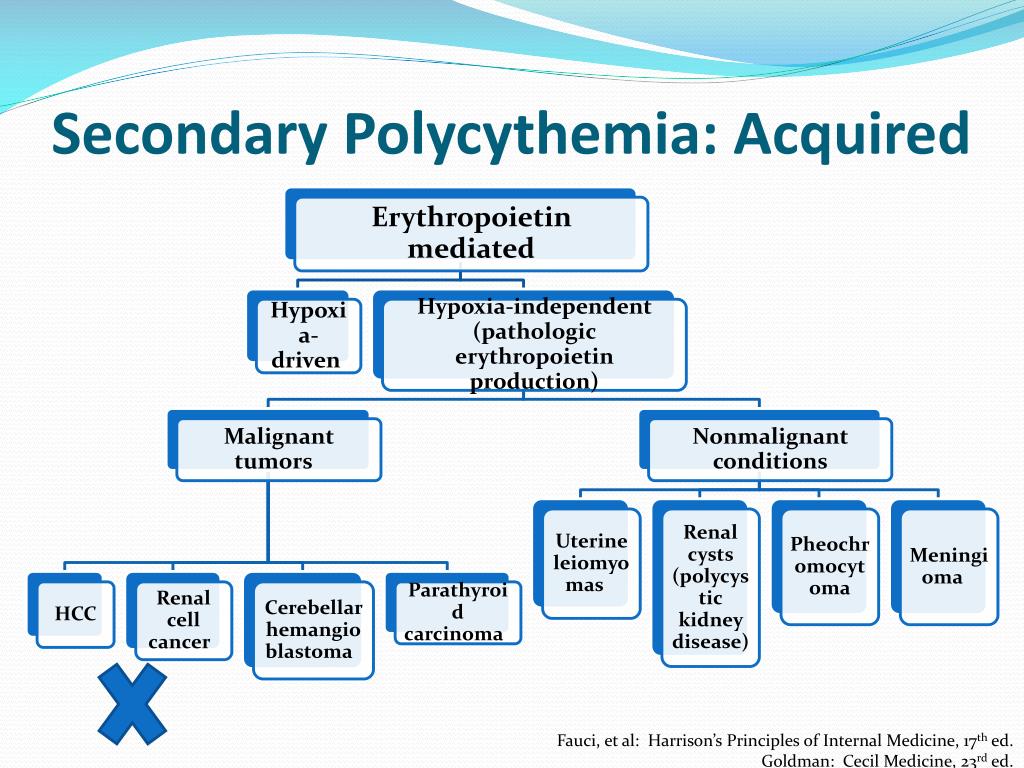
Current Areas of Research
- Novel JAK Inhibitors: Development of more selective JAK2 inhibitors with potentially fewer side effects.
- Combination Therapies: Exploring synergistic effects of combining different treatment modalities.
- Immunotherapy Approaches: Investigating the potential of immune-based therapies in myeloproliferative neoplasms.
- Genetic Profiling: Enhancing our ability to predict disease progression and tailor treatments based on genetic markers.
- Targeted Therapies: Developing drugs that specifically target mutated proteins or pathways involved in polycythemia.
Potential Future Treatments
While still in various stages of research and development, several promising avenues are being explored:
- Gene Therapy: Potentially correcting the genetic mutations responsible for polycythemia vera.
- Advanced Immunomodulatory Drugs: New classes of drugs that can more precisely regulate the immune system’s role in blood cell production.
- Personalized Medicine Approaches: Tailoring treatment plans based on an individual’s genetic profile and specific disease characteristics.
- Novel Anticoagulants: Development of more effective and safer anticoagulants to prevent thrombotic complications in polycythemia patients.
What is the most promising new treatment on the horizon for polycythemia? While it’s difficult to predict which treatment will prove most effective, JAK inhibitors continue to be an area of intense research. Next-generation JAK inhibitors that are more selective for JAK2 could potentially offer improved efficacy with fewer side effects. Additionally, combination therapies that target multiple aspects of the disease process show promise in early studies. However, it’s important to note that these treatments are still in various stages of research and clinical trials, and their long-term efficacy and safety profiles are yet to be fully established.
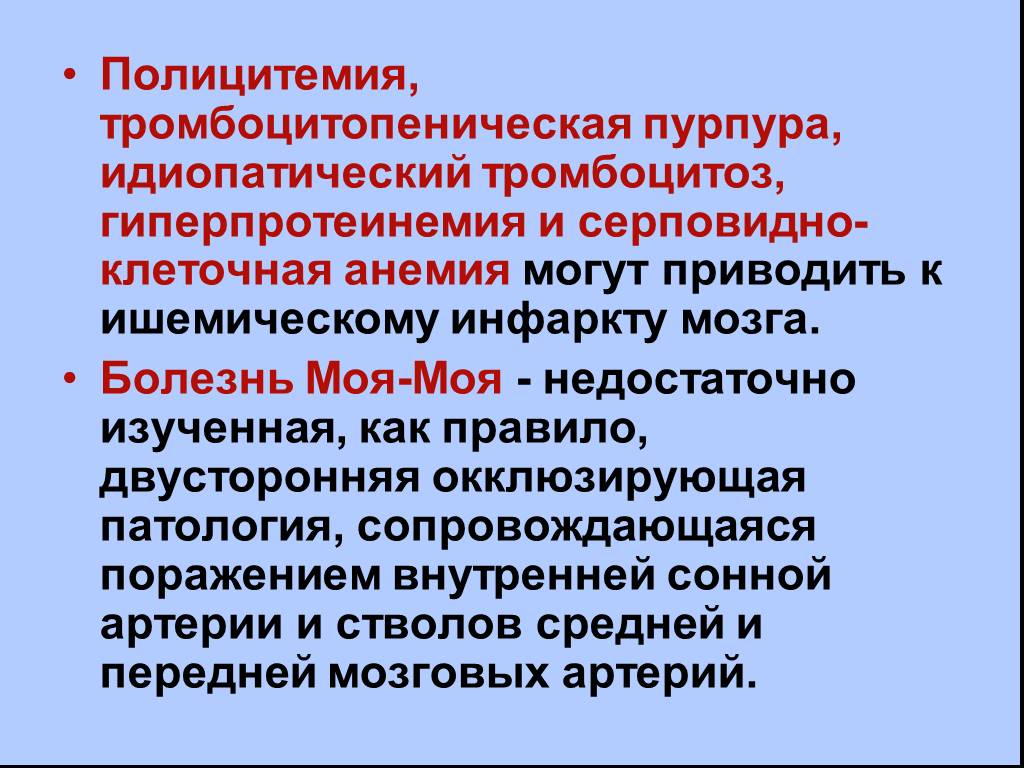
As research progresses, patients with polycythemia can look forward to potentially more effective and less burdensome treatment options in the future. However, it’s crucial to remember that current standard treatments, when properly administered and monitored, can effectively manage the condition for many patients. Always consult with your healthcare provider about the most appropriate treatment options for your specific situation.
Polycythemia – StatPearls – NCBI Bookshelf
Continuing Education Activity
Polycythemia, also called erythrocytosis, refers to an increase in red blood cell mass, noted on laboratory evaluation as increased hemoglobin and hematocrit levels. Polycythemia vera is a subtype of polycythemia and is associated with the overproduction of all 3 cell lines. The clinical significance of erythrocytosis, due to any cause, is related to the associated risk of thrombotic events due to hyperviscosity of blood. Additionally, in cases of polycythemia vera, there is potential for progression to leukemia. This activity reviews the evaluation, treatment, and potential complications of polycythemia vera and highlights the role of the interprofessional team in identifying and treating this condition.
Objectives:
Describe the typical presenting features of polycythemia vera.
Outline the management of polycythemia vera.
Review the potential complications of polycythemia vera.

Use interprofessional team strategies for improving care coordination and communication to advance the evaluation and management of patients with polycythemia and optimize outcomes.
Access free multiple choice questions on this topic.
Introduction
Polycythemia, or erythrocytosis, refers to an increase in the absolute red blood cell (RBC) mass in the body. In practice, this is reflected by an increase in hemoglobin levels, or hematocrit, over what is considered physiologic for that age and gender.
The standard RBC mass does not usually exceed 36 ml/kg in males and 32 ml/kg in females. The reference ranges for normal hemoglobin levels and hematocrits vary depending on altitude, from ethnicity to ethnicity and country to country.[1] However, as a frame of reference, the hemoglobin, and hematocrit of a healthy adult male are 16 g/dL plus or minus 2 gm/dl and 47% plus or minus 6%, respectively. The hemoglobin and hematocrit of a menstruating adult female are usually 13 g/dL plus or minus 2 gm/dl and 40% plus or minus 6%, respectively.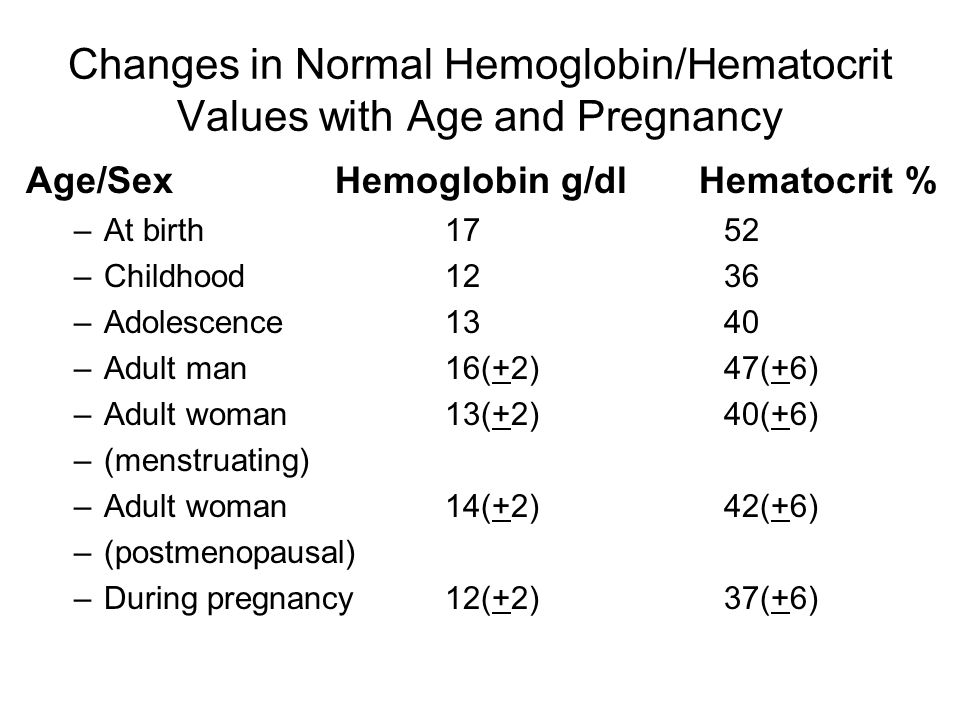
Polycythemia vera is a sub-type of polycythemia. Often referred to colloquially as simply “ polycythemia,” it is an acquired, Philadelphia-chromosome negative,[2], myeloproliferative disorder. This condition is associated with overproduction of all 3 cell lines but with a notable prominence of red blood cells.
The clinical significance of erythrocytosis, due to any cause, lies in the associated risk of thrombotic events due to hyperviscosity of blood. Additionally, the potential for progression to leukemia in cases of polycythemia vera also warrants attention.
Etiology
Classification
Spurious Polycythemia
This occurs due to volume contraction rather than an increase in true RBC mass.
Causes include:
True Polycythemia
Further stratified based on serum erythropoietin (EPO) levels as follows:
Low serum EPO levels (Primary polycythemia)
High serum EPO levels (Secondary polycythemia)
High altitude
Respiratory disorders: Chronic obstructive pulmonary disease (COPD), Pickwickian syndrome
Cyanotic heart diseases with right-to-left shunts
Renal disorders: Renal cysts, cancer, renal artery stenosis, Bartter syndrome, focal sclerosing glomerulonephritis
Elevated carboxyhemoglobin: usually seen in smokers
Hemoglobinopathies: High-affinity hemoglobins such as Hb Yakima, methemoglobinemia
EPO-secreting tumors: sources include hepatomas, uterine leiomyomas, and cerebellar hemangiomas
Iatrogenic causes: Including erythropoietin administration, anabolic steroids, and testosterone replacement therapy
Epidemiology
The prevalence of polycythemia vera has been estimated to be approximately 22 cases per 100,000 population[4]. It is believed to occur more frequently among Jewish patients of Eastern European descent than other Europeans and Asians. Polycythemia vera shows a male preponderance in all races and ethnicities, with a male to female ratio of approximately 2:1. The median age of presentation of PV is 60 years, with patients seldom seen before the age of 40. Polycythemia due to hemoglobinopathies and congenital cyanotic heart diseases is likely to be detected in significantly younger patients.
It is believed to occur more frequently among Jewish patients of Eastern European descent than other Europeans and Asians. Polycythemia vera shows a male preponderance in all races and ethnicities, with a male to female ratio of approximately 2:1. The median age of presentation of PV is 60 years, with patients seldom seen before the age of 40. Polycythemia due to hemoglobinopathies and congenital cyanotic heart diseases is likely to be detected in significantly younger patients.
Pathophysiology
The pathophysiology would vary, depending on the cause in consideration.
High EPO Levels
Cellular hypoxia can occur due to any cause that triggers the release of erythropoietin from the renal peritubular lining capillary cells. A small amount of EPO is produced by the liver as well. EPO, in turn, acts on erythroid progenitor cells and stimulates erythropoiesis.
Low EPO Levels
The primary defect in nearly 95% of cases of polycythemia vera is an acquired mutation in exon 14 of the tyrosine kinase JAK2 (V617F).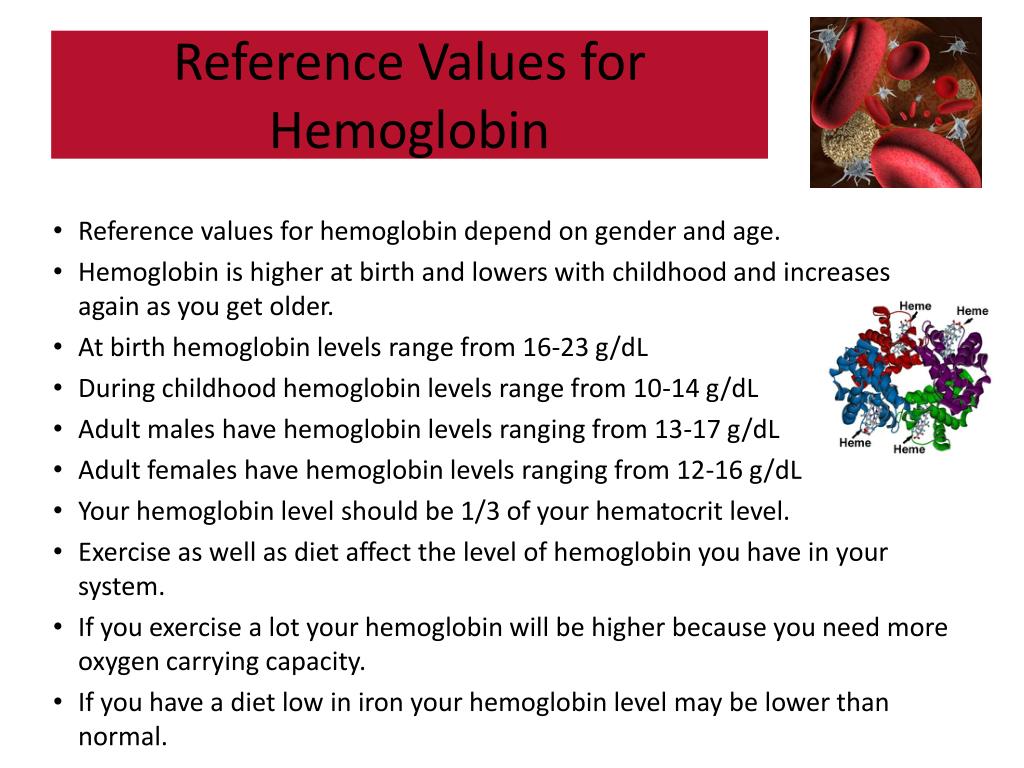 Mutations have also been described in exon 12 of JAK2. These mutations result in a loss of the auto-inhibitory pseudo-kinase domain of JAK2, resulting in its constitutive activation. This constitutive activation results in both hypersensitivity to EPO and EPO-independent erythroid colony formation.
Mutations have also been described in exon 12 of JAK2. These mutations result in a loss of the auto-inhibitory pseudo-kinase domain of JAK2, resulting in its constitutive activation. This constitutive activation results in both hypersensitivity to EPO and EPO-independent erythroid colony formation.
Histopathology
Bone marrow examination is not routinely employed. Its utility largely remains restricted to cases where the clinical suspicion of polycythemia vera is high, despite the absence of a JAK2 (V617F) mutation, or if facilities to test for the mutation are unavailable. Classical findings, when coexistent with other suggestive hematologic parameters, help support a diagnosis of polycythemia vera.[5]
Strongly suggestive findings include a hypercellular marrow with erythroid hyperplasia and subtle megakaryocytic atypia.[6] Tri-lineage hyperproliferation is also an expected feature.
History and Physical
History
Common presenting symptoms, usually non-specific, include fatigue, headache, dizziness, transient blurring of vision, amaurosis fugax, and other symptoms suggestive of transient ischemic attacks (TIAs).
Infrequently, patients may complain of pruritus after a warm water shower, particularly over the back.
A history of epistaxis, gastrointestinal (GI) bleed, or easy bruising may be forthcoming.
Peptic ulcer disease commonly coexists, and patients may present with non-specific abdominal pain. Left hypochondrial pain and early satiety should arouse the suspicion of splenomegaly.
Rarely, patients may present with a history of unexplained thrombotic complications, such as Budd-Chiari syndrome or digital infarcts.
It is vital to try and elicit etiology-specific history such as a history of smoking, an extended stay at high altitudes, congenital cardiac disease, among others. Significant family history may be elicited in patients with hemoglobinopathies.
Physical Examination
Abnormal facial ruddiness may be prominent.
Cyanosis and clubbing, along with the presence of a murmur on auscultation, provide strong evidence favoring a congenital cyanotic heart disease.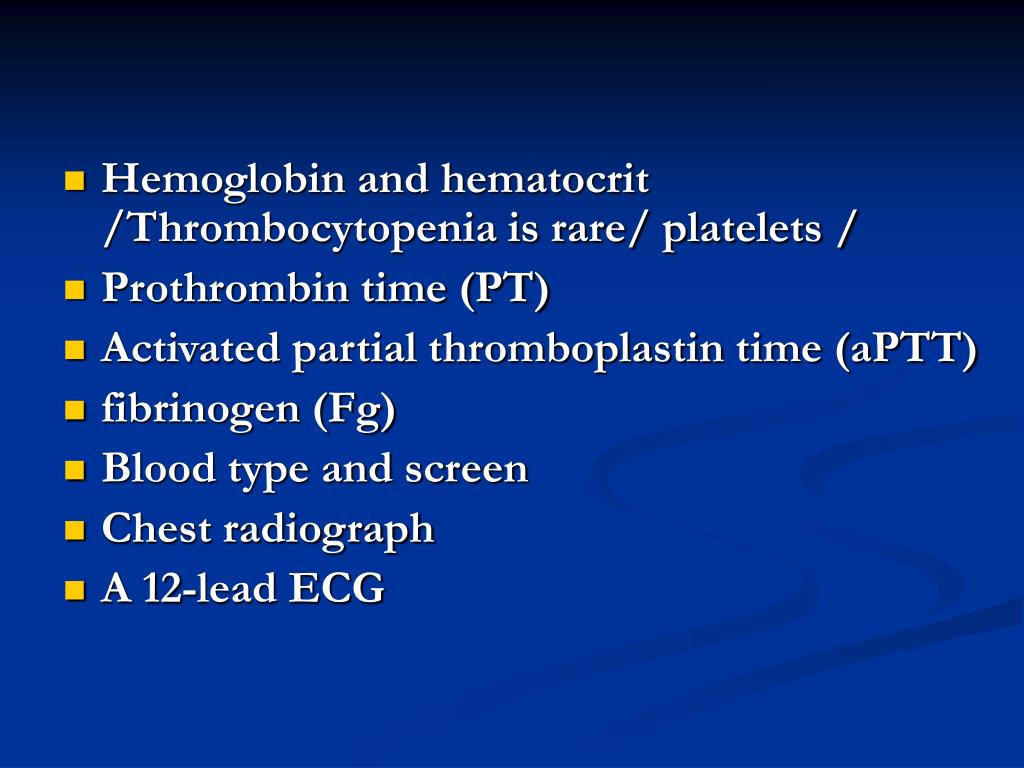
Nicotine staining of the nails and teeth provides presumptive evidence of smoking, even in a non-forthcoming patient.
The presence of morbid obesity could raise the possibility of Pickwickian syndrome; whereas, a barrel chest could suggest an obstructive lung disease.
Examination of the abdomen may lead to finding a palpable spleen or eliciting the bruit of renal arterial stenosis.
Evaluation
An evaluation must proceed sequentially. Due to the broad array of potential causes, it is vital to consider the appropriate investigation in that specific clinical context. However, the following may provide a frame of reference:
Hemogram
Based on the WHO 2017 criteria, hematocrit levels above 49% in males and 48% in females at sea level are to be considered suggestive of polycythemia vera. In cases of polycythemia vera, there could be a concurrent increase in platelet and leukocyte counts as well. The leucocyte count is usually between 10,000 to 20,000/microliter and may show eosinophilia and basophilia.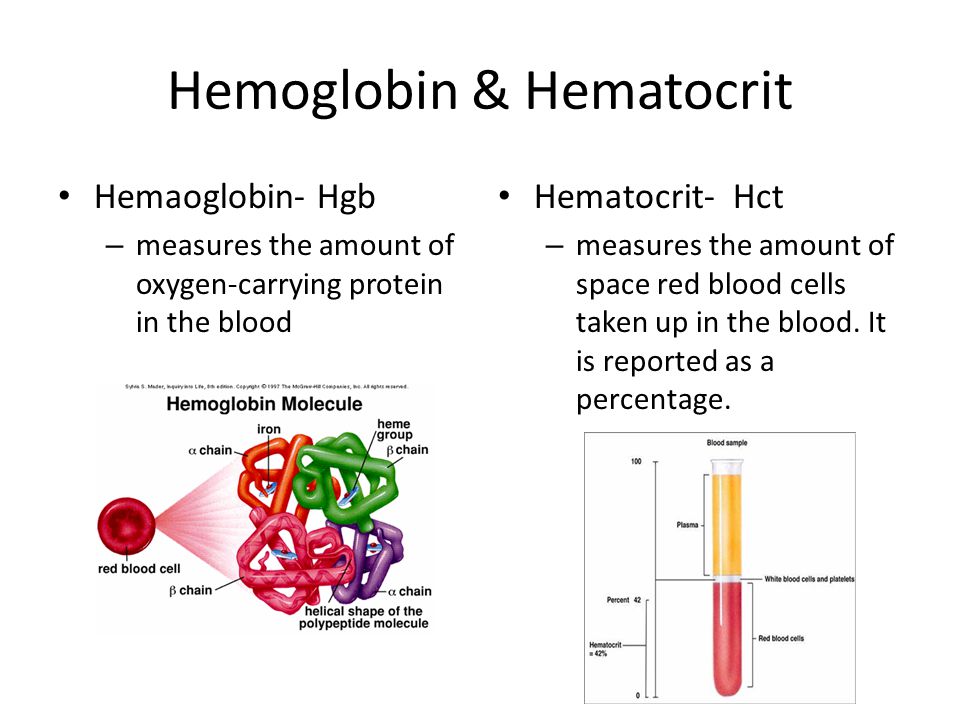 Platelet counts may rarely exceed 100,000/microliter.
Platelet counts may rarely exceed 100,000/microliter.
Radioisotope Studies
Radioisotope studies using Cr-labeled autologous RBC transfusions accurately determine the true RBC mass and conclusively exclude spurious polycythemia.
Serum EPO Levels
The presence of either high or low EPO levels directs the further plan of evaluation.
Low EPO levels indicate primary polycythemia. Subsequent evaluation should be targeted toward the detection of polycythemia vera.
JAK2 mutation studies are virtually diagnostic for polycythemia vera (95% cases). Mutations may occur either in exon 14 (more commonly) or in exon 12.
High EPO levels indicate secondary polycythemia. Subsequent evaluation should be aimed at determining the cause. This should include, but not be limited to, the following:
Measurement of arterial oxygen saturation levels using a pulse-oximeter: low levels would likely indicate a pulmonary or cardiac cause.

Normal saturation levels could require further evaluation such as:
The use of a co-oximeter to rule out methemoglobinemia
Measurement of carboxyhemoglobin levels for smokers
Measurement of the P50 of Hb to detect high-affinity hemoglobinopathies
Relevant investigations to detect a possible EPO-secreting tumor
Serum Ferritin, Vitamin B12, and Folate Levels
Low serum ferritin and low folate levels have been associated more with primary polycythemia.[3] Raised vitamin B12 levels, often striking, may be observed. This occurs due to increased transcobalamin III secretion by leukocytes.
Assessment of Renal Function
Renal function abnormalities indicate a higher likelihood of secondary polycythemia. Uric acid levels are often raised due to increased cell proliferation and subsequent turnover.
Assessment of Hepatic Status
Liver cirrhosis and inflammatory liver disease have been associated with secondary polycythemia and increased RBC proliferation.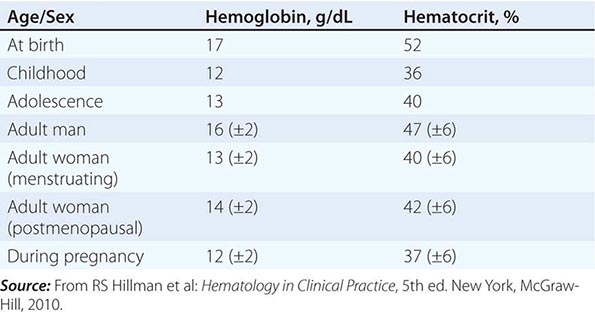 [3]
[3]
Ultrasound
An ultrasound and Doppler study of the abdomen would help identify a secondary cause.
In cases of suspected secondary polycythemia, the utility of additional investigations such as a chest radiograph, lung function tests, sleep studies, and an echocardiograph are to be considered as appropriate.
Treatment / Management
The treatment of secondary polycythemia is directed at correcting the cause.
For polycythemia vera, available treatment modalities include:
Phlebotomy
Phlebotomy was established as the backbone of therapy, primarily based on the trial conducted by the Polycythemia Vera Study Group (PVSG). The study found that, compared to the use of chlorambucil or radioactive phosphorous, treatment with phlebotomy alone was associated with longer median survival.[7]
The rationale behind repeated phlebotomies was that cytoreduction would reduce hyperviscosity. Additionally, it would induce a state of iron deficiency that would help retard red-cell proliferation.
In practice, weekly sessions are conducted, during which approximately 500 mL of blood is removed, provided the hemodynamic status permits this.
This is continued weekly until a target hematocrit of under 45% is obtained. This target was determined based on the findings of the CYTO-PV trial conducted in Italy. Investigators observed significantly lower rates of cardiovascular deaths and major thrombotic episodes in patients kept under this threshold.[8]
For secondary polycythemias, phlebotomy is usually reserved for the following conditions:[9]
Hydroxyurea
Hydroxyurea is usually considered second-line therapy. Evidence of benefit came from, among others, a study by the Polycythemia Vera Study Group (PVSG)[10] that showed lower rates of thrombosis compared to a historical cohort treated with phlebotomy alone. Despite theoretical concerns, studies[11] have not found a significant association between the use of hydroxyurea and an increased risk of leukemic transformation. Indications for use include:
Indications for use include:
The standard daily doses range from 500 to 1500 mg per day.
Doses are adjusted to target platelet counts below 500,000/mcL. However, it is necessary to adjust doses such that the absolute neutrophil count remains above 2000/microliters.
Ruxolitinib
The JAK2 inhibitor ruxolitinib is used when patients are intolerant or unresponsive to hydroxyurea.
Evidence supporting the use of Ruxolitinib in myeloproliferative disorders came from the COMFORT trials. The COMFORT-I study compared the efficacy of Ruxolitinib with placebo therapy, whereas COMFORT-II compared it with “best available therapy.” Both trials showed a significant reduction in splenomegaly, improvement in symptoms, and better survival.[12][13]
However, despite this enhanced benefit, the use of ruxolitinib was associated with increased risks of anemia, often dose-limiting, and thrombocytopenia.
The standard recommended dose for polycythemia vera is 10 mg twice a day.
Dose reduction is required if hemoglobin drops to below 12 gm/dl.
A fall in hemoglobin to below 8 gm/dl is an indication for dosing is to be temporarily interrupted.
Low-Dose Aspirin
The original PVSG trial showed that, despite greater longevity, patients treated with phlebotomy alone were at a greater risk of developing thrombosis during the first 3 years of therapy. This seemed to suggest a potential benefit to the use of antiplatelet or anticoagulant agents concurrently. Initial trials using higher doses of aspirin or dipyridamole showed unsatisfactory gastrointestinal hemorrhage. However, subsequent studies[13] found that lower doses of aspirin could be safely used.
Currently, aspirin is indicated when there is inadequate control of microvascular symptoms after achieving the target hematocrit or in the presence of other cardiovascular risk factors.
Aspirin, when indicated, is recommended to be used at low doses, ranging from 40 to 100 mg daily.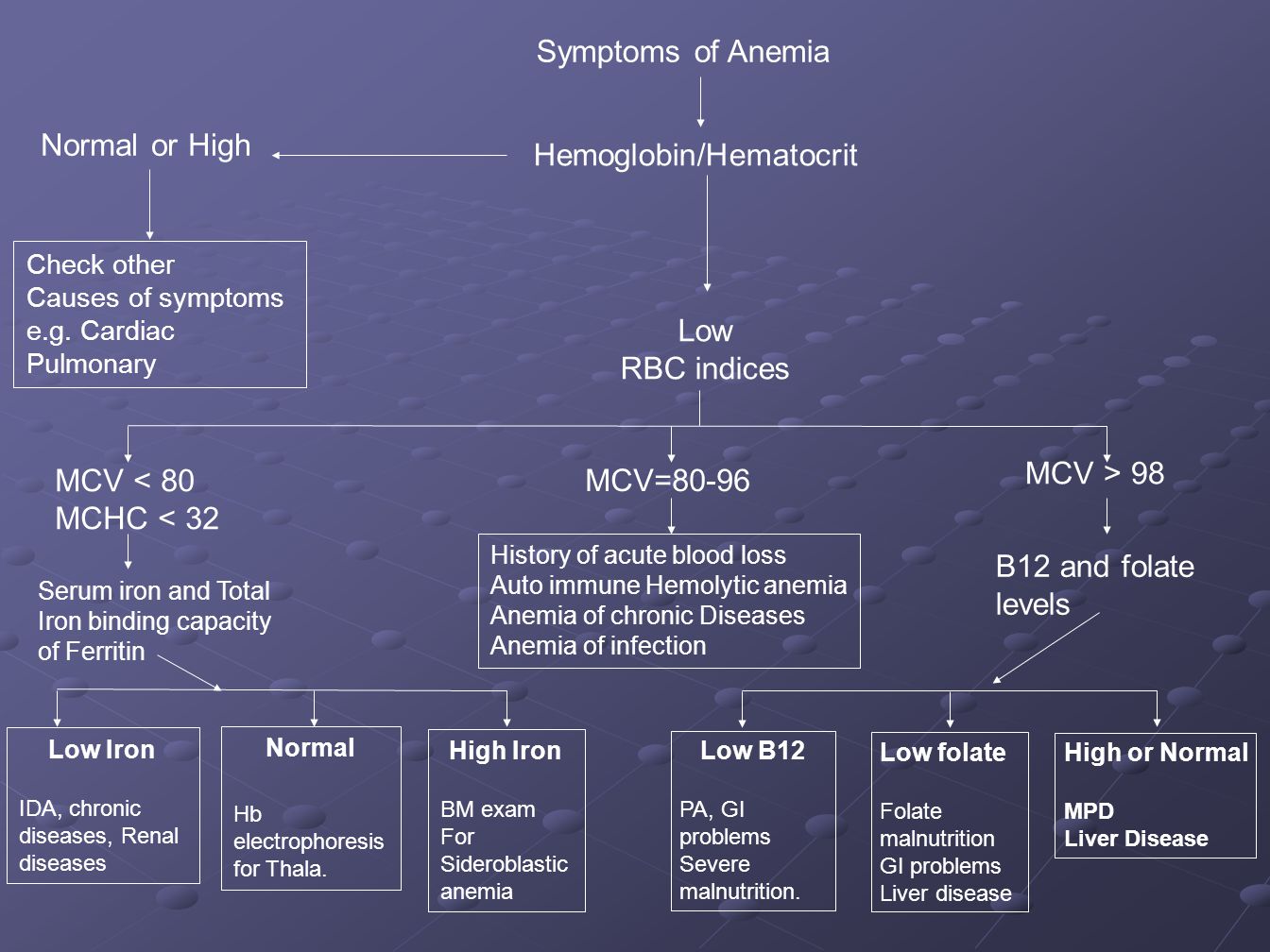
Hypouricemic Agents
Agents such as allopurinol and febuxostat may be required in cases with significant hyperuricemia. Recent studies indicate that, between them, allopurinol may be a safer alternative with respect to all-cause and cardiovascular mortality.[14]
Management of Pruritus
Depending on the severity of pruritus and the clinical response to therapy, therapeutic modalities available for symptomatic relief include antihistamines[15] and selective serotonin reuptake inhibitors (SSRIs).[16]
Management of Polycythemia Vera in Pregnancy
[17]
The standard therapeutic measures of phlebotomy and low-dose aspirin are appropriate in most cases. Certain high-risk women may require the addition of pegylated interferon (IFN)-alpha.
Differential Diagnosis
Primary myelofibrosis
Chronic myeloid leukemia
Prognosis
Studies estimate the median survival in cases diagnosed with polycythemia vera to be approximately 14.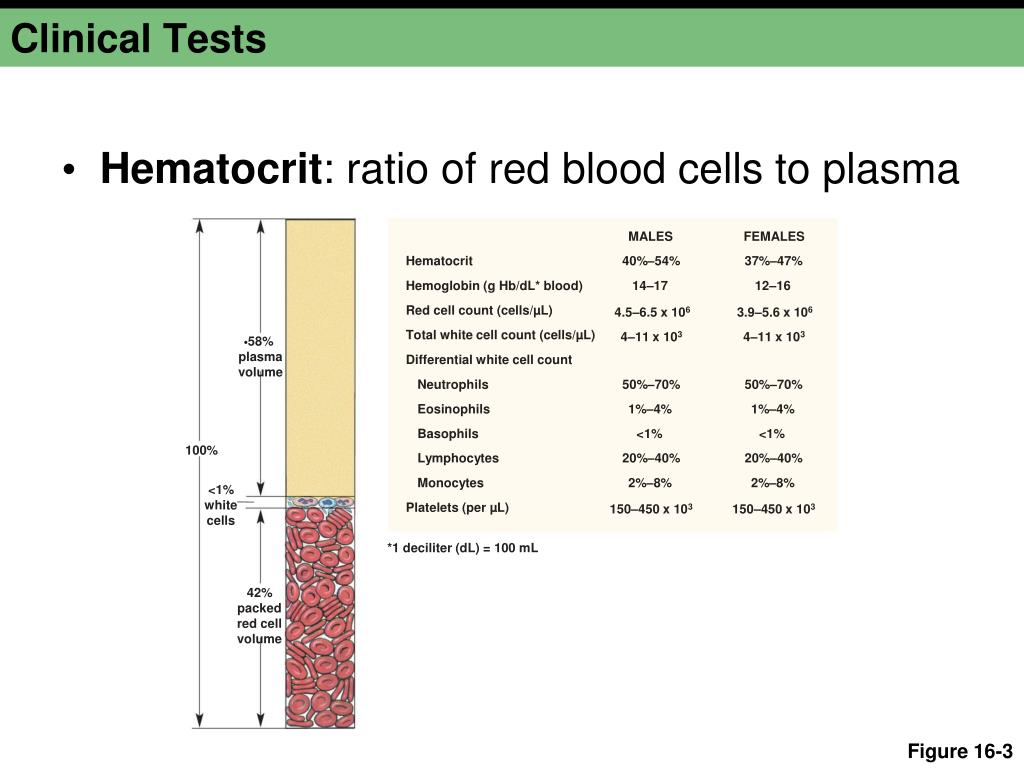 1 years.[11]
1 years.[11]
Factors that were found to correlate with better prognosis included:
Thrombocytosis
- Pruritus: The reason for the correlation of pruritus with a better prognosis was unclear. This could be attributed to the following:
Factors associated with worse outcomes included:
Complications
Secondary polycythemia is associated primarily with complications arising from hyperviscosity. Polycythemia vera is associated with progression to malignant conditions.
Commonly encountered complications include:
Bleeding: Recurrent epistaxis or GI bleed are often seen, which may lead to iron deficiency anemia, potentially confounding clinical findings, including bone marrow appearance.
Thrombosis: Due to hyperviscosity, there is a preponderance of both arterial and venous thrombosis. Manifestations of arterial thrombosis include digital infarcts, cerebral ischemic infarcts, particularly in watershed territories.
 Venous thrombosis such as Budd-Chiari syndrome is also seen.
Venous thrombosis such as Budd-Chiari syndrome is also seen.
Progression to leukemia, particularly acute myeloid leukemia (AML), is seen in approximately 5% of cases and is often refractory to treatment. Studies have implicated the use of chlorambucil, pipobroman, or radioactive phosphorous as factors that increase the likelihood of progression.
Consultations
A hematologist consultation should be sought in all cases of suspected primary polycythemia.
Deterrence and Patient Education
Patients must be encouraged to stop smoking. Genetic counseling must be offered to the families of those with hemoglobinopathies. Patients with polycythemia vera must be discouraged from donating blood. Because this is a myeloproliferative disorder, blood from donors with polycythemia vera is not considered appropriate for donation in most countries.
Enhancing Healthcare Team Outcomes
Polycythemia can affect every organ in the body, and the symptoms are primarily related to impaired oxygen delivery and hyperviscosity of blood.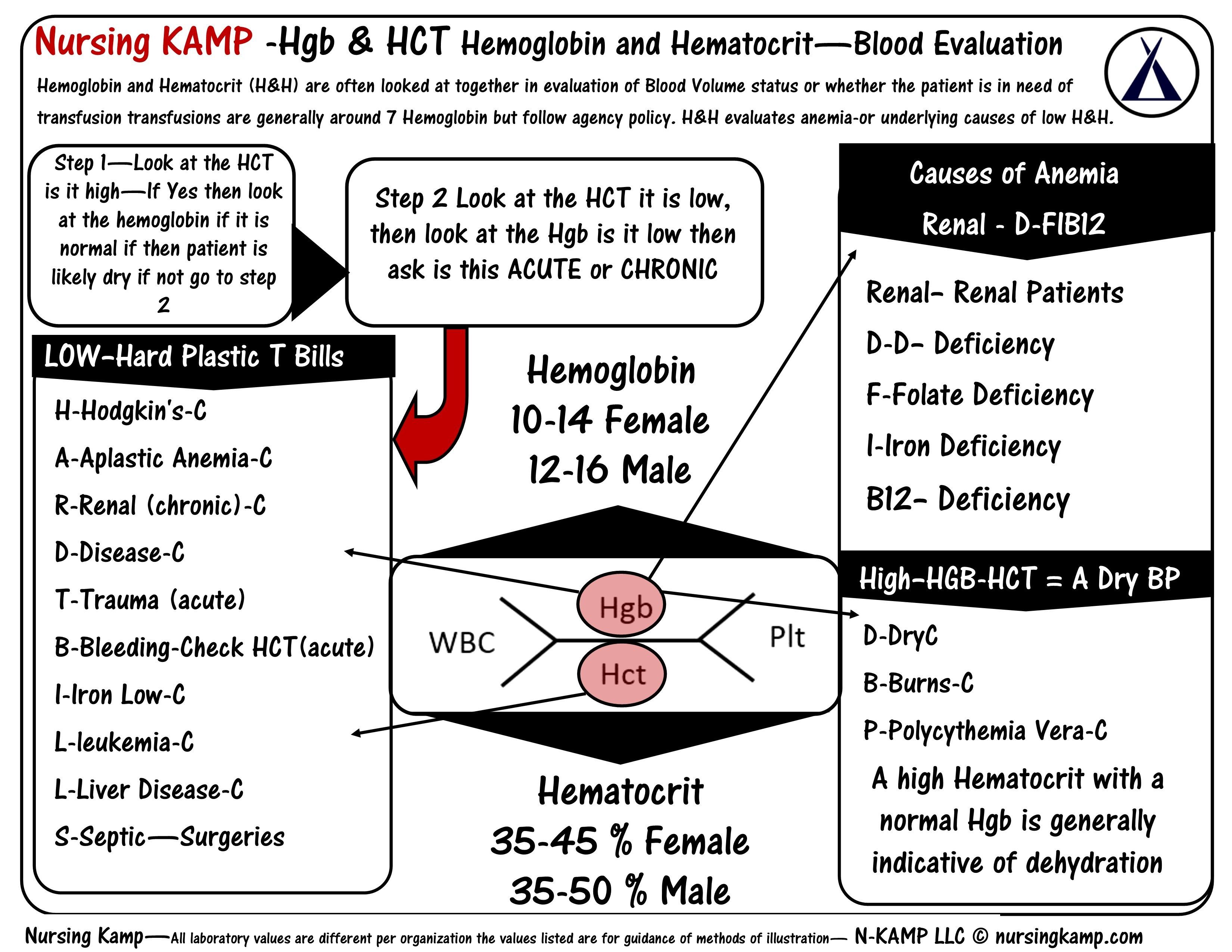 The condition is primarily managed by the hematologist, but the management of complications requires an interprofessional team. Patients need to be educated by the nursing staff and clinicians about the potential complications and when to seek medical assistance. While survival has been improved over the past three decades, the aim is also to improve the quality of life. Two threats to life include bleeding and infection complications. Most patients require red cell transfusions to help improve fatigue. Finally, patients should be told by team members that they need lifelong follow-up as there is a risk of progression to acute leukemia or myelodysplastic syndrome. The nursing staff should coordinate and monitor close follow-up and assist in educating the patient and family to make sure regular care is obtained.[19] [Level 5]
The condition is primarily managed by the hematologist, but the management of complications requires an interprofessional team. Patients need to be educated by the nursing staff and clinicians about the potential complications and when to seek medical assistance. While survival has been improved over the past three decades, the aim is also to improve the quality of life. Two threats to life include bleeding and infection complications. Most patients require red cell transfusions to help improve fatigue. Finally, patients should be told by team members that they need lifelong follow-up as there is a risk of progression to acute leukemia or myelodysplastic syndrome. The nursing staff should coordinate and monitor close follow-up and assist in educating the patient and family to make sure regular care is obtained.[19] [Level 5]
References
- 1.
- Mandala WL, Gondwe EN, MacLennan JM, Molyneux ME, MacLennan CA. Age- and sex-related changes in hematological parameters in healthy Malawians.
 J Blood Med. 2017;8:123-130. [PMC free article: PMC5587168] [PubMed: 28919829]
J Blood Med. 2017;8:123-130. [PMC free article: PMC5587168] [PubMed: 28919829] - 2.
- Tefferi A, Vardiman JW. Classification and diagnosis of myeloproliferative neoplasms: the 2008 World Health Organization criteria and point-of-care diagnostic algorithms. Leukemia. 2008 Jan;22(1):14-22. [PubMed: 17882280]
- 3.
- Pearson TC. Apparent polycythaemia. Blood Rev. 1991 Dec;5(4):205-13. [PubMed: 1782479]
- 4.
- Ma X, Vanasse G, Cartmel B, Wang Y, Selinger HA. Prevalence of polycythemia vera and essential thrombocythemia. Am J Hematol. 2008 May;83(5):359-62. [PubMed: 18181200]
- 5.
- Kvasnicka HM, Thiele J. Prodromal myeloproliferative neoplasms: the 2008 WHO classification. Am J Hematol. 2010 Jan;85(1):62-9. [PubMed: 19844986]
- 6.
- Lakey MA, Pardanani A, Hoyer JD, Nguyen PL, Lasho TL, Tefferi A, Hanson CA. Bone marrow morphologic features in polycythemia vera with JAK2 exon 12 mutations. Am J Clin Pathol. 2010 Jun;133(6):942-8. [PubMed: 20472853]
- 7.

- Berk PD, Goldberg JD, Donovan PB, Fruchtman SM, Berlin NI, Wasserman LR. Therapeutic recommendations in polycythemia vera based on Polycythemia Vera Study Group protocols. Semin Hematol. 1986 Apr;23(2):132-43. [PubMed: 3704665]
- 8.
- Marchioli R, Finazzi G, Specchia G, Masciulli A, Mennitto MR, Barbui T. The CYTO-PV: A Large-Scale Trial Testing the Intensity of CYTOreductive Therapy to Prevent Cardiovascular Events in Patients with Polycythemia Vera. Thrombosis. 2011;2011:794240. [PMC free article: PMC3200258] [PubMed: 22084668]
- 9.
- Assi TB, Baz E. Current applications of therapeutic phlebotomy. Blood Transfus. 2014 Jan;12 Suppl 1:s75-83. [PMC free article: PMC3934278] [PubMed: 24120605]
- 10.
- Fruchtman SM, Mack K, Kaplan ME, Peterson P, Berk PD, Wasserman LR. From efficacy to safety: a Polycythemia Vera Study group report on hydroxyurea in patients with polycythemia vera. Semin Hematol. 1997 Jan;34(1):17-23. [PubMed: 9025158]
- 11.

- Tefferi A, Rumi E, Finazzi G, Gisslinger H, Vannucchi AM, Rodeghiero F, Randi ML, Vaidya R, Cazzola M, Rambaldi A, Gisslinger B, Pieri L, Ruggeri M, Bertozzi I, Sulai NH, Casetti I, Carobbio A, Jeryczynski G, Larson DR, Müllauer L, Pardanani A, Thiele J, Passamonti F, Barbui T. Survival and prognosis among 1545 patients with contemporary polycythemia vera: an international study. Leukemia. 2013 Sep;27(9):1874-81. [PMC free article: PMC3768558] [PubMed: 23739289]
- 12.
- Harrison C, Kiladjian JJ, Al-Ali HK, Gisslinger H, Waltzman R, Stalbovskaya V, McQuitty M, Hunter DS, Levy R, Knoops L, Cervantes F, Vannucchi AM, Barbui T, Barosi G. JAK inhibition with ruxolitinib versus best available therapy for myelofibrosis. N Engl J Med. 2012 Mar 01;366(9):787-98. [PubMed: 22375970]
- 13.
- Landolfi R, Marchioli R, Kutti J, Gisslinger H, Tognoni G, Patrono C, Barbui T., European Collaboration on Low-Dose Aspirin in Polycythemia Vera Investigators. Efficacy and safety of low-dose aspirin in polycythemia vera.
 N Engl J Med. 2004 Jan 08;350(2):114-24. [PubMed: 14711910]
N Engl J Med. 2004 Jan 08;350(2):114-24. [PubMed: 14711910] - 14.
- White WB, Saag KG, Becker MA, Borer JS, Gorelick PB, Whelton A, Hunt B, Castillo M, Gunawardhana L., CARES Investigators. Cardiovascular Safety of Febuxostat or Allopurinol in Patients with Gout. N Engl J Med. 2018 Mar 29;378(13):1200-1210. [PubMed: 29527974]
- 15.
- Weick JK, Donovan PB, Najean Y, Dresch C, Pisciotta AV, Cooperberg AA, Goldberg JD. The use of cimetidine for the treatment of pruritus in polycythemia vera. Arch Intern Med. 1982 Feb;142(2):241-2. [PubMed: 7059251]
- 16.
- Tefferi A, Fonseca R. Selective serotonin reuptake inhibitors are effective in the treatment of polycythemia vera-associated pruritus. Blood. 2002 Apr 01;99(7):2627. [PubMed: 11926187]
- 17.
- Tefferi A, Vannucchi AM, Barbui T. Polycythemia vera treatment algorithm 2018. Blood Cancer J. 2018 Jan 10;8(1):3. [PMC free article: PMC5802495] [PubMed: 29321547]
- 18.
- Gangat N, Strand JJ, Lasho TL, Li CY, Pardanani A, Tefferi A.
 Pruritus in polycythemia vera is associated with a lower risk of arterial thrombosis. Am J Hematol. 2008 Jun;83(6):451-3. [PubMed: 18257107]
Pruritus in polycythemia vera is associated with a lower risk of arterial thrombosis. Am J Hematol. 2008 Jun;83(6):451-3. [PubMed: 18257107] - 19.
- Raedler LA. Diagnosis and Management of Polycythemia Vera: Proceedings from a Multidisciplinary Roundtable. Am Health Drug Benefits. 2014 Oct;7(7 Suppl 3):S36-47. [PMC free article: PMC4639938] [PubMed: 26568781]
Secondary Polycythemia: Practice Essentials, Pathophysiology, Epidemiology
Author
Srikanth Nagalla, MD, MS, FACP Chief of Benign Hematology, Miami Cancer Institute, Baptist Health South Florida; Clinical Professor of Medicine, Florida International University, Herbert Wertheim College of Medicine
Srikanth Nagalla, MD, MS, FACP is a member of the following medical societies: American Society of Hematology, Association of Specialty Professors
Disclosure: Serve(d) as a director, officer, partner, employee, advisor, consultant or trustee for: Alexion; Alnylam; Kedrion; Sanofi; Dova<br/>Serve(d) as a speaker or a member of a speakers bureau for: Dova; Sanofi.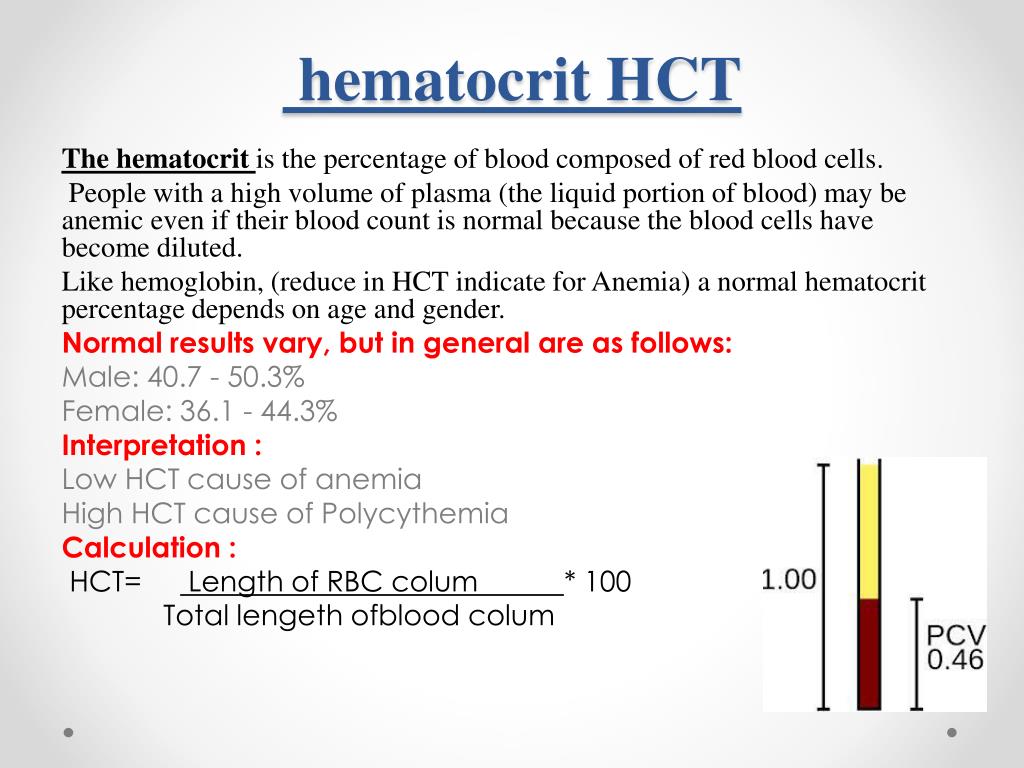
Coauthor(s)
Emmanuel C Besa, MD Professor Emeritus, Department of Medicine, Division of Hematologic Malignancies and Hematopoietic Stem Cell Transplantation, Kimmel Cancer Center, Jefferson Medical College of Thomas Jefferson University
Emmanuel C Besa, MD is a member of the following medical societies: American Association for Cancer Education, American Society of Clinical Oncology, American College of Clinical Pharmacology, American Federation for Medical Research, American Society of Hematology, New York Academy of Sciences
Disclosure: Nothing to disclose.
Specialty Editor Board
Francisco Talavera, PharmD, PhD Adjunct Assistant Professor, University of Nebraska Medical Center College of Pharmacy; Editor-in-Chief, Medscape Drug Reference
Disclosure: Received salary from Medscape for employment. for: Medscape.
Ronald A Sacher, MBBCh, FRCPC, DTM&H Professor of Internal Medicine and Pathology, Director, Hoxworth Blood Center, University of Cincinnati Academic Health Center
Ronald A Sacher, MBBCh, FRCPC, DTM&H is a member of the following medical societies: American Association for the Advancement of Science, American Association of Blood Banks, American Clinical and Climatological Association, American Society for Clinical Pathology, American Society of Hematology, College of American Pathologists, International Society of Blood Transfusion, International Society on Thrombosis and Haemostasis, Royal College of Physicians and Surgeons of Canada
Disclosure: Nothing to disclose.
Chief Editor
Sara J Grethlein, MD, FACP Professor of Clinical Medicine, Indiana University School of Medicine; Medical Director of Cancer Services, Indiana University Health, Adult Academic Health Center, IU Simon Cancer and IU North Hospital, Joe and Shelly Schwarz Cancer Center
Sara J Grethlein, MD, FACP is a member of the following medical societies: Alpha Omega Alpha, American College of Physician Executives, American College of Physicians, American Medical Women’s Association, American Society of Clinical Oncology, American Society of Hematology, Gold Humanism Honor Society, Leukemia and Lymphoma Society
Disclosure: Nothing to disclose.
Additional Contributors
Karen Seiter, MD Professor, Department of Internal Medicine, Division of Oncology/Hematology, New York Medical College
Karen Seiter, MD is a member of the following medical societies: American Association for Cancer Research, American College of Physicians, American Society of Hematology
Disclosure: Received honoraria from Novartis for speaking and teaching; Received consulting fee from Novartis for speaking and teaching; Received honoraria from Celgene for speaking and teaching.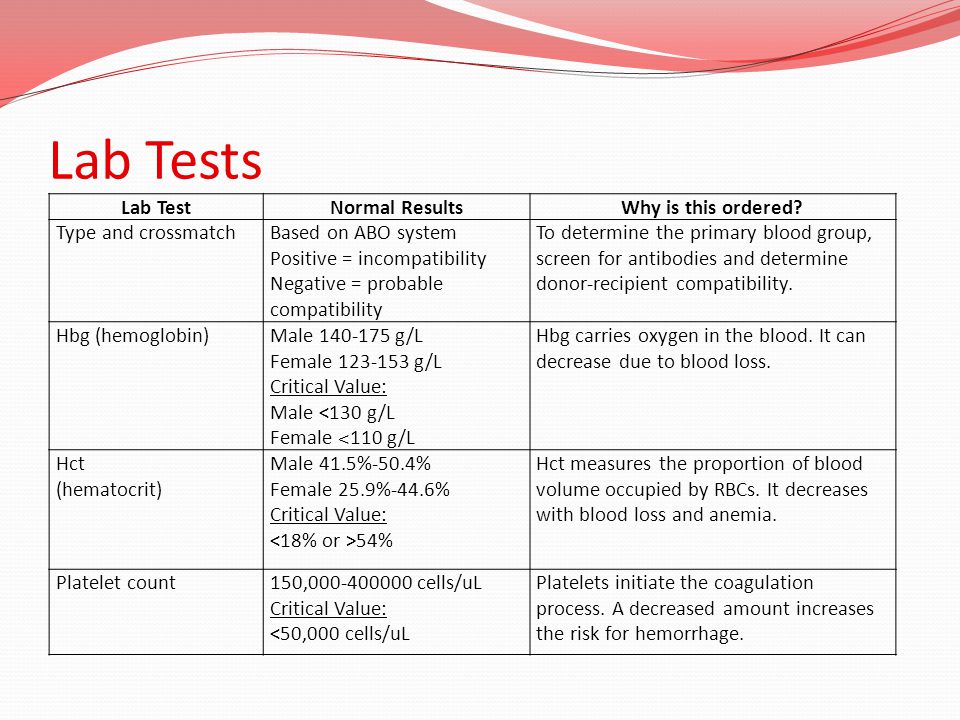
High hemoglobin count // Middlesex Health
Definition
A high hemoglobin count indicates an above-normal level of the iron-containing protein in red blood cells. Hemoglobin (often abbreviated as Hb or Hgb) is the oxygen-carrying component of red blood cells.
Hemoglobin, which gives red blood cells their color, helps carry oxygen from the lungs to the rest of the body and carbon dioxide back to the lungs to be exhaled.
The threshold for a high hemoglobin count differs slightly from one medical practice to another. It’s generally defined as more than 16.6 grams (g) of hemoglobin per deciliter (dL) of blood for men and 15 g/dL for women. In children, the definition of a high hemoglobin count varies with age and sex. Hemoglobin count may also vary due to time of day, how well-hydrated you are and altitude.
Causes
A high hemoglobin count occurs most commonly when your body requires an increased oxygen-carrying capacity, usually because:
- You smoke
- You live at a high altitude and your red blood cell production naturally increases to compensate for the lower oxygen supply there
High hemoglobin count occurs less commonly because:
- Your red blood cell production increases to make up for chronically low blood oxygen levels due to poor heart or lung function.

- Your bone marrow produces too many red blood cells.
- You’ve taken drugs or hormones, most commonly erythropoietin (EPO), that stimulate red blood cell production. You’re not likely to get a high hemoglobin count from EPO given to you for chronic kidney disease. But EPO doping — getting injections to enhance athletic performance — can cause a high hemoglobin count.
If you have a high hemoglobin count without other abnormalities, it’s unlikely to indicate a related serious condition. Conditions that can cause a high hemoglobin count include:
- Congenital heart disease in adults
- COPD (chronic obstructive pulmonary disease) exacerbation — worsening of symptoms
- Dehydration
- Emphysema
- Heart failure
- Kidney cancer
- Liver cancer
- Polycythemia vera
When to see a doctor
A high hemoglobin count is usually found from tests your doctor has ordered to diagnose another condition. Your doctor is likely to order other tests to help determine the cause of your high hemoglobin count.
©1998-2021 Mayo Foundation for Medical Education and Research (MFMER). All rights reserved. Terms of Use
Hemoglobin level : Nursing2020 Critical Care
Background
Hemoglobin (Hb), the main component of erythrocytes (red blood cells [RBCs]), serves as the vehicle for the transportation of oxygen and carbon dioxide. It is composed of amino acids that form a single protein called globin, and a compound called heme, which contains iron atoms and the red pigment porphyrin. It is the iron pigment that combines readily with oxygen and gives blood its characteristic red color. Each gram of Hb can carry 1.34 mL of oxygen per 100 mL of blood. The oxygen-combining capacity of the blood is directly proportional to the Hb concentration rather than to the RBC count because some RBCs contain more Hb than others. Therefore, Hb determinations are important in the evaluation of anemia.
The Hb determination is part of a complete blood cell count.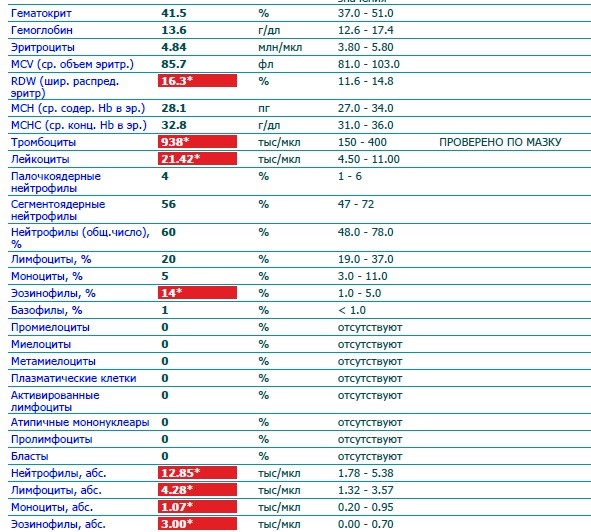 It is used to screen for disease associated with anemia, to determine the severity of anemia, to monitor the response to treatment for anemia, and to evaluate polycythemia. Hb also serves as an important buffer in the extracellular fluid.
It is used to screen for disease associated with anemia, to determine the severity of anemia, to monitor the response to treatment for anemia, and to evaluate polycythemia. Hb also serves as an important buffer in the extracellular fluid.
Normal findings
- Women: 12.0 to 16.0 g/dL or 120 to 160 g/L
- Men: 14.0 to 17.4 g/dL or 140 to 174 g/L.
Clinical alert
An Hb value less than 5.0 g/dL (50 g/L) can lead to heart failure and death. A value greater than 20 g/dL (200 g/L) can lead to obstruction of the capillaries as a result of hemoconcentration.
Clinical implications
- Decreased Hb levels are found in anemia states (a condition in which there is a reduction of Hb, hematocrit [HCT], or RBC values). The Hb must be evaluated along with the RBC count and HCT.
- iron deficiency, thalassemia, pernicious anemia, hemoglobinopathies
- liver disease, hypothyroidism
- hemorrhage (chronic or acute)
- hemolytic anemia caused by:
- transfusions of incompatible blood
- reactions to chemicals or drugs
- reactions to infectious agents
- reactions to physical agents (severe burns, artificial heat valves)
- various systemic diseases, including:
- Hodgkin disease
- leukemia
- lymphoma
- systemic lupus erythematosus
- carcinomatosis
- sarcoidosis
- renal cortical necrosis
- Increased Hb levels are found in:
- polycythemia vera
- heart failure
- chronic obstructive pulmonary disease
- Variation in Hb levels:
- occurs after transfusions, hemorrhages, burns.
 (Hb and HCT are both high during and immediately after hemorrhage.)
(Hb and HCT are both high during and immediately after hemorrhage.) - The Hb and HCT provide valuable information in an emergency if they are interpreted not in an isolated fashion but in conjunction with other pertinent lab data.
- Hb variants can cause variation in measured Hb:
- methemoglobin
- sickle cell hemoglobin
- fetal hemoglobin
- deoxyhemoglobin.
Clinical implications of polycythemia
Polycythemia is the term used to describe an abnormal increase in the number of RBCs. Although there are several tests to directly determine the RBC mass, these tests are expensive and somewhat cumbersome. For screening purposes, we rely on the HCT and Hb to evaluate polycythemia indirectly. Polycythemias are classified as follows:
- Relative polycythemia: an increase in Hb, HCT, or RBC count caused by a decrease in the plasma volume (dehydration, spurious erythrocytosis from stress or smoking)
- Absolute or true polycythemia.

- primary (polycythemia vera)
- secondary
- appropriate (an appropriate bone marrow response to physiologic conditions)
- – high altitude
- – cardiopulmonary disorder
- – increased affinity for oxygen
- inappropriate (an overproduction of RBCs not necessary to deliver oxygen to the tissues)
- – renal tumor or cyst
- – hepatoma
- – cerebellar hemangioblastoma
Clinical implications of anemia
Anemias are classified as follows:
- hypoproliferative anemias (inadequate production of RBCs)
- marrow aplasia
- myelophthisic anemia
- anemia with blood dyscrasias
- anemia of chronic disease
- anemia with organ failure
- maturation defect anemias
- cytoplasmic: hypochromic anemias
- nuclear: megaloblastic anemias
- combined: myelodysplastic syndromes
- hyperproliferative anemias (decreased Hb or HCT despite an increased production of RBCs)
- hemorrhagic: acute blood loss
- hemolytic: a premature, accelerated destruction of RBCs
- immune hemolysis
- hemoglobinopathies
- toxic hemolysis (physical–chemical)
- traumatic or microangiopathic hemolysis
- hypersplenism
- enzymopathies
- parasitic infections
- dilutional anemias
High Hemoglobin Levels: Is It Dangerous?
When Is the Hemoglobin Level Considered to Be High?
According to the conventional definition, it is considered as high hemoglobin when levels are more than 18.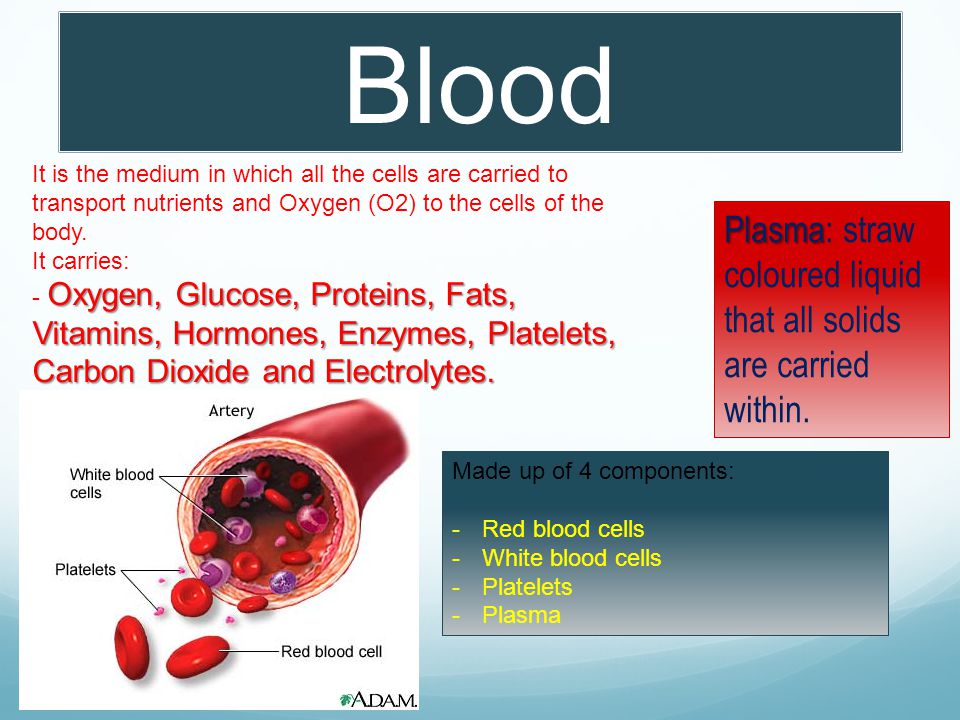 5 g/dL for men and 16.5 g/dL for women. High hemoglobin levels are associated with high hematocrit (also called as PCV) levels which are defined as greater than 50 % in men and greater than 45 % in women.
5 g/dL for men and 16.5 g/dL for women. High hemoglobin levels are associated with high hematocrit (also called as PCV) levels which are defined as greater than 50 % in men and greater than 45 % in women.
Polycythemia is the medical term for high hemoglobin. Polycythemia can be secondary or primary.
Primary polycythemia also called as polycythemia vera is a type of myeloproliferative disorders (the general term is blood cancer).
Secondary polycythemia is due to multifactorial reasons, few are as follows:
- Lung problems like asthma.
- Heart problems.
- Smoking.
- Dehydration.
- Living in high altitudes.
- Obesity.
- Stress.
So, with a good history, most cases can be grossly categorized into primary or secondary.
How to Differentiate Between Primary and Secondary?
- With the patient’s medical history as mentioned above.

- Blood investigations like EPO (erythropoietin) levels, ABG (arterial blood gas analysis), specialized investigations like JAK-2 mutation analysis and bone marrow examination.
Treatments
Polycythemia vera can be treated with a variety of modalities like phlebotomy (blood letting), low dose Aspirin, Hydroxyurea and in certain advanced cases Ruxolitinib.
In secondary cases, treatment is by addressing the underlying cause such as management of asthma, obesity, cessation of smoking, and other lifestyle changes.
As a final word of caution, I would like to say that not every case of high hemoglobin is blood cancer and not to get carried away or panic immediately. Please consult your general physician, and with proper history-taking, he will be able to guide you about what disease you are suffering from.
For more information consult a hematologist online –> https://www.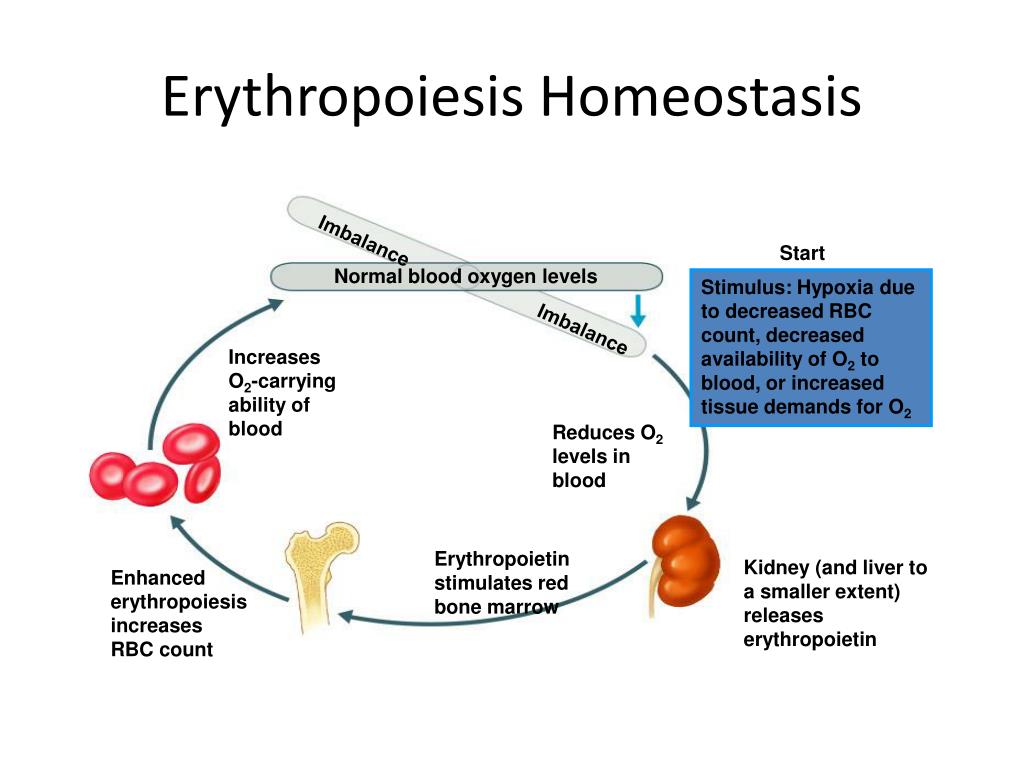 icliniq.com/ask-a-doctor-online/hematologist
icliniq.com/ask-a-doctor-online/hematologist
Hemoglobin
Does this test have other names?
Hb, Hgb, H and H, Hemoglobin, and hematocrit
What is this test?
This is a blood test to find out how much hemoglobin is in your blood. Hemoglobin is the main part of your red blood cells. Hemoglobin is made up of a protein called globin and a compound called heme. Heme consists of iron and a pigment called porphyrin, which gives your blood its red color.
Hemoglobin serves the important role of carrying oxygen and carbon dioxide through your blood. If your hemoglobin is too low, you may not be able to supply the cells in your body with the oxygen they need to survive.
Why do I need this test?
You may need this test if it is part of routine blood testing. You may also need to have your hemoglobin checked if you have anemia or symptoms of anemia. Anemia can be caused by blood loss, decreased production of red blood cells, or increased destruction of red blood cells.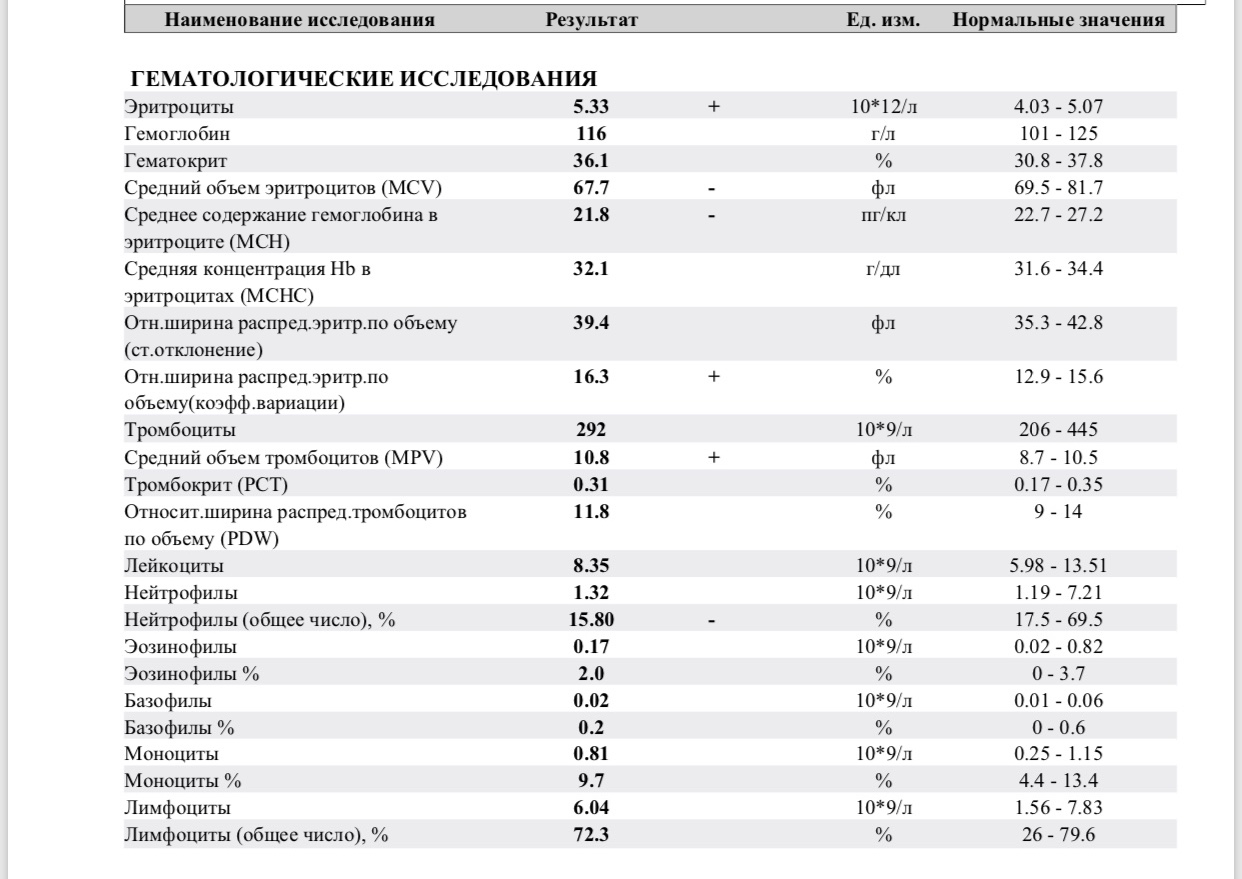 Your healthcare provider can use your hemoglobin test to help find the cause of your anemia. These are other reasons you may need this test:
Your healthcare provider can use your hemoglobin test to help find the cause of your anemia. These are other reasons you may need this test:
-
To diagnose a disease that causes anemia
-
To see how severe your anemia is
-
To see whether your anemia is responding to treatment
-
To evaluate a disease called polycythemia
Symptoms of anemia may include:
-
Shortness of breath
-
Dizziness
-
Fatigue
-
Headache
-
Cold, pale skin
-
Chest pain
Polycythemia is a disease that causes your body to make too many red blood cells.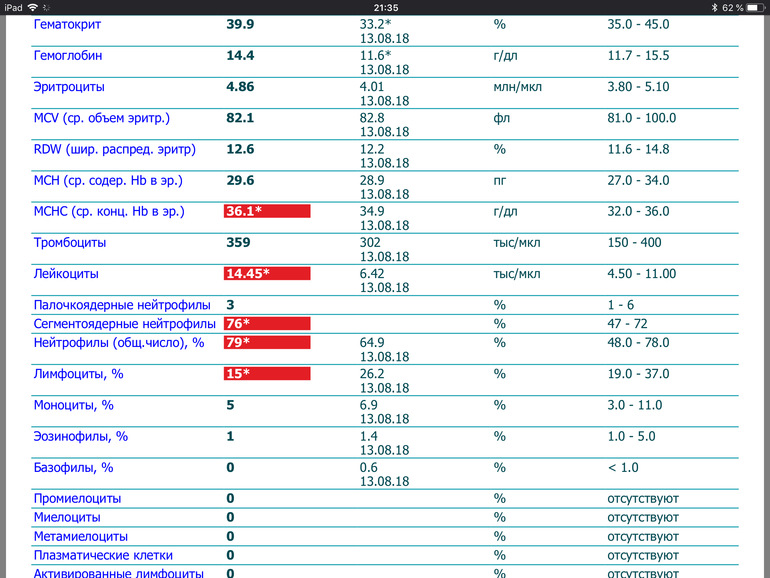 Polycythemia may cause:
Polycythemia may cause:
-
Heart attack
-
Stroke
-
Headache
-
Blurred vision
-
Dizziness
-
Weakness
-
Excessive sweating
-
Itching
What other tests might I have along with this test?
Hemoglobin is usually tested as part of a complete blood count, or CBC. A CBC is a blood test that counts all the different cells in your blood. A hemoglobin test may also be paired with a hematocrit test. When the two are tested together it is often called an H and H. The hematocrit blood test tells what percent of your blood is made up by red blood cells.
What do my test results mean?
Test results may vary depending on your age, gender, health history, the method used for the test, and other things. Your test results may not mean you have a problem. Ask your healthcare provider what your test results mean for you.
Your test results may not mean you have a problem. Ask your healthcare provider what your test results mean for you.
Hemoglobin measurement is given in grams per deciliter (g/dL). Normal hemoglobin is different for men, women, and children. Here are the approximate normal values:
-
12 to 16 g/dL for women
-
14 to 17.4 g/dL for men
-
9.5 to 24.5 g/dL for children, depending on the child’s age. If your child is having this test, you should discuss the results with your child’s healthcare provider.
High hemoglobin levels can be caused by polycythemia, heart failure, and chronic obstructive pulmonary disease. Low hemoglobin may be caused by:
How is this test done?
The test is done with a blood sample. A needle is used to draw blood from a vein in your arm or hand.
Does this test pose any risks?
Having a blood test with a needle carries some risks. These include bleeding, infection, bruising, and feeling lightheaded. When the needle pricks your arm or hand, you may feel a slight sting or pain. Afterward, the site may be sore.
These include bleeding, infection, bruising, and feeling lightheaded. When the needle pricks your arm or hand, you may feel a slight sting or pain. Afterward, the site may be sore.
What might affect my test results?
Your hemoglobin may be affected by several factors:
-
Living at high altitudes may make hemoglobin go up.
-
Certain medicines can make hemoglobin go down or up.
-
An extreme amount of exercise can make hemoglobin go up.
-
Pregnancy may make hemoglobin go down.
-
Taking in too much fluid can make hemoglobin go down.
How do I get ready for this test?
You don’t need to prepare for this test. Make sure to tell your healthcare provider about:
Be sure your healthcare provider knows about all medicines, herbs, vitamins, and supplements you are taking.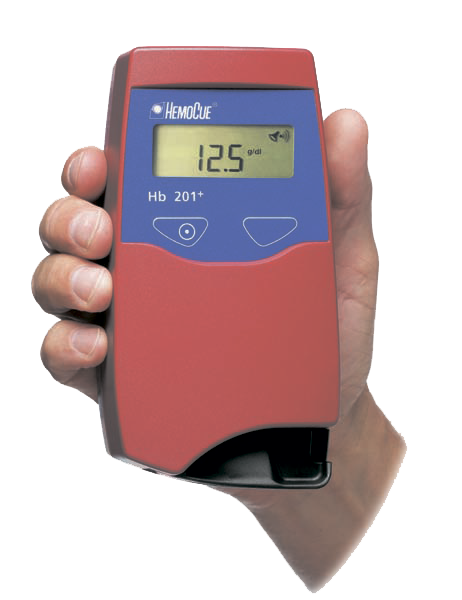 This includes medicines that don’t need a prescription and any illegal drugs you may use.
This includes medicines that don’t need a prescription and any illegal drugs you may use.
Hematocrit and incidence of venous thromboembolism – Folsom – 2020 – Research and Practice in Thrombosis and Haemostasis
1 INTRODUCTION
Patients with markedly elevated hematocrit due to polycythemia vera are at increased risk of arterial thrombosis and venous thromboembolism (VTE). This risk has been attributed in part to increased blood viscosity created by elevated hematocrit.1 Reduction of hematocrit to <45% reduces thrombotic risk in polycythemia vera.2 In contrast, raising hematocrit in anemic patients with renal disease or cancer using erythrocyte-stimulating agents increases thrombosis risk.3, 4 Whether modestly elevated hematocrit may increase VTE risk in the general population is uncertain.5 A large Norwegian population-based epidemiological cohort study suggested that a higher hematocrit may increase incidence of VTE,6 and a large clinical study reported that elevated hematocrit was associated with increased recurrence of VTE in women but not in men. 7 A large Danish population-based cohort found a U-shaped association between hematocrit and VTE, but it was overall not statistically significant.8 A small case-control study also found no independent association of hematocrit with VTE9 but was potentially underpowered. We reported no significant association of hematocrit with VTE incidence in early follow-up of the population-based Longitudinal Investigation of Thromboembolism Etiology (LITE).10
7 A large Danish population-based cohort found a U-shaped association between hematocrit and VTE, but it was overall not statistically significant.8 A small case-control study also found no independent association of hematocrit with VTE9 but was potentially underpowered. We reported no significant association of hematocrit with VTE incidence in early follow-up of the population-based Longitudinal Investigation of Thromboembolism Etiology (LITE).10
With longer follow-up of the Atherosclerosis Risk in Communities (ARIC) study component of LITE and far more events than in our previous analysis, we reexamined the association of hematocrit with VTE incidence. Because a few research studies have associated VTE risk with other aspects of the complete blood count,8, 11-14 and diseases manifest as altered levels of these often increase VTE risk, we also tested in a supplemental analysis whether higher leukocyte or platelet counts in ARIC also may be associated with elevated risk of VTE.
2 METHODS
2.1 Study sample and design
Previous publications described the overall ARIC study design, methods, and VTE incidence rates in detail.15, 16 Briefly, using population-based sampling methods, 15 792 predominantly black or white men and women aged 45 to 64 years from 4 US communities (Forsyth County, NC; suburban Minneapolis, MN; Washington County, MD; Jackson, MS) enrolled and underwent a baseline (Visit 1) examination in 1987 to 1989. The estimated response rate of eligible individuals was 60%. The institutional review committees at each study center approved the ARIC protocol, and ARIC staff obtained informed participant consent. ARIC maintained contact with the participants via annual or semiannual telephone calls and periodic reexaminations of the cohort.
2.2 Baseline (1987-1989) measurements
Each of the 4 ARIC centers drew blood after a requested overnight fast (3% did not fast) and stored whole blood temporarily at 4°C. Within 24 hours, local hospital laboratories at each center performed a complete blood count (hemoglobin, hematocrit, platelet, and leukocyte counts but not red blood cell indices) using standard automated cell counters. Three of the 4 centers (not Washington County) obtained leukocyte differentials, and neutrophil and lymphocyte counts were estimated as the product of the percentages of these cell types times the total white blood cell count. ARIC reported the blood count values as a service to participants and their physicians, with abnormal values identified.
We measured other potential VTE risk factors at baseline; participants reported their race category, histories of venous thrombosis and cancer, smoking status, and amount smoked. We calculated pack-years of smoking. Technicians recorded current medication use via review of medication bottles, including antihypertensive and diabetes agents, and measured sitting blood pressure 3 times via a random-zero sphygmomanometer after a 5-minute rest; we averaged the final 2 measurements. The technicians measured height and weight to derive body mass index (BMI). We defined diabetes as a fasting serum glucose of ≥126 mg/dL, nonfasting serum glucose of ≥200 mg/dL, a self-reported physician diagnosis of diabetes, or use of antidiabetic medication in the past 2 weeks. ARIC estimated glomerular filtration rate (eGFR) from creatinine using the Chronic Kidney Disease Epidemiology Collaboration algorithm,17 and we defined CKD as eGFR <60 mL/min/1.73 m2. Research laboratories measured plasma factor VIII and von Willebrand factor as previously described.18
2.3 Identification of incident VTE
After the Visit 1 baseline examination, ARIC staff telephoned participants annually or semiannually and asked about all hospitalizations in the previous year. Staff then obtained and recorded in-hospital International Classification of Diseases, Ninth Revision, Clinical Modification codes for all discharge diagnoses and copied selected hospital record material for VTE validation through 2015. To validate VTE events, 2 physicians reviewed the records using standardized criteria,16 requiring positive imaging tests for diagnosis of clinically recognized deep vein thrombosis (DVT) and pulmonary embolism (PE). The physicians subclassified VTEs based on the medical record as provoked (associated with cancer within 1 year or major trauma, surgery, or marked immobility within 90 days) or unprovoked (none of these triggers). For this report, we restricted DVTs to those in the lower extremity or vena cava, because upper extremity DVTs were relatively few and almost always the result of indwelling venous catheters.
2.4 Statistical analysis
From the 15 792 ARIC participants at Visit 1, we excluded 48 who were not black or white, 276 with a self-reported history of VTE, 852 with a self-reported history of cancer, 69 using anticoagulants, 260 with missing blood counts, and 396 with missing covariate information, leaving 13 891 for analysis. For most analysis, we used SAS (version 9.4; SAS Institute Inc, Cary, NC) and focused primarily on hematocrit and hemoglobin. Because men and whites were overrepresented at high levels of hematocrit, we employed race-sex–specific percentile cut points (<5th, 5th to <25th, 25th to <75th, 75th to <95th, and 95th-100th percentiles; Table 1) to yield pooled hematocrit and hemoglobin groups. We tabulated participant characteristics (means or frequencies) across the 5 categories of hematocrit. We tabulated person-time of follow-up until the occurrence of VTE, loss to follow-up, death, or December 31, 2015. Using Cox proportional hazards models, we estimated the hazard ratios of VTE by categories. We used time on study as the time scale. Cox Model 1 adjusted for age (continuous), race (black, white), and sex. Model 2 additionally adjusted for factors that were in some previous papers associated with VTE in ARIC, namely, BMI, baseline cigarette smoking status (current, former, never), pack-years of smoking, diabetes (yes, no), systolic blood pressure, antihypertensive medication use (yes, no), eGFR, von Willebrand factor, and factor VIII. We also performed a cubic spline analysis, using Stata SE version 15.1 (StataCorp, College Station, TX), to visualize the shape of the association of continuous hematocrit with VTE, adjusting for Model 2 covariates. In addition, we tested multiplicative interactions of hematocrit group by sex (P = .19) and by race (P = .06), and none were statistically significant.
Table 1.
Race-sex specific cut points for Visit 1 hematocrit and hemoglobin, ARIC, 1987-89
| Percentile | <5th | 5th to <25th | 25th to <75th | 75th to <95th | 95th-100th |
|---|---|---|---|---|---|
| Hematocrit (%) | |||||
| White males | <39.8 | 39.9-42.6 | 42.7-46.4 | 46.5-49.3 | >49.4 |
| White females | <35.4 | 35.5-38.1 | 38.2-41.6 | 41.7-44.8 | >44.9 |
| Black males | <37.2 | 37.3-40.9 | 41.0-45.4 | 45.5-49.3 | >49.4 |
| Black females | <32.5 | 32.6-36.3 | 36.4-40.4 | 40.5-43.9 | >44.0 |
| Hemoglobin (g/dL) | |||||
| White males | <13.3 | 13.4-14.3 | 14.4-15.6 | 15.7-16.6 | >16.7 |
| White females | <11.7 | 11.8-12.6 | 12.7-13.8 | 13.9-14.8 | >14.9 |
| Black males | <12.1 | 12.2-13.4 | 13.5-14.9 | 15.0-16.1 | >16.2 |
| Black females | <10.4 | 10.5-11.8 | 11.9-13.2 | 13.3-14.4 | >14.5 |
- Abbreviation: ARIC, Atherosclerosis Risk in Communities.
We did supplemental analyses of the other blood count parameters, using the following percentiles of their overall distributions for groupings: <25th, 25th to <50th, 50th to <75th, 75th to <95th, and 95th-100th percentiles. Analyses of neutrophils and lymphocytes excluded participants (n = 3121), mainly from Washington County, with no white count differential measured.
We tested the proportional hazard assumption for each blood parameter in a continuous model, using an interaction term between each blood count parameter and time; the assumption held for all blood count parameters, except for a modest deviation for hemoglobin concentration.
3 RESULTS
The analytic sample included 13 891 participants free of VTE and cancer history at baseline. Those above the sex-race–specific 95th percentile of hematocrit were older, more often obese, current and heavier smokers, diabetic, and hypertensive. Factor VIII and von Willebrand factor were highest in the low-hematocrit group (Table 2).
Table 2.
Participant characteristics at Visit 1 according to categories of hematocrit, ARIC, 1987-1989
| Characteristic | Hematocrit (percentiles based on sex-race–specific cut points)a | ||||
|---|---|---|---|---|---|
| <5th | 5th to <25th | 25th to <75th | 75th to <95th | 95th-100th | |
| n | 668 | 2740 | 6899 | 2874 | 710 |
| Age | 54 (6) | 54 (6) | 54 (6) | 54 (6) | 55 (6) |
| Age, % 45-54 y (vs 55-64) | 54 | 56 | 54 | 51 | 48 |
| Sex, % men | 47 | 45 | 46 | 46 | 47 |
| Race, % white (vs black) | 73 | 73 | 74 | 74 | 73 |
| Body mass index, % | |||||
| <25 kg/m2 | 41 | 40 | 32 | 28 | 26 |
| 25 to <30 kg/m2 | 40 | 38 | 41 | 39 | 38 |
| >30 kg/m2 | 20 | 23 | 27 | 33 | 37 |
| Smoking status, % | |||||
| Current smoker | 16 | 17 | 23 | 35 | 54 |
| Former smoker | 36 | 34 | 33 | 28 | 21 |
| Never smoker | 48 | 49 | 43 | 37 | 25 |
| Pack-years smoking | 1.3 (22) | 0.4 (22) | 4 (26) | 11 (32) | 24 (38) |
| Diabetes, % | 11 | 10 | 10 | 15 | 19 |
| Systolic blood pressure, mm Hg | 122 (22) | 119 (19) | 121 (18) | 123 (19) | 125 (20) |
| Hypertensive medication, % | 24 | 21 | 23 | 29 | 39 |
| Factor VIII, % | 145 (52) | 131 (41) | 130 (37) | 131 (39) | 132 (38) |
| von Willebrand factor, % | 126 (54) | 115 (47) | 116 (46) | 119 (47) | 123 (51) |
| eGFR, mL/min/1.73 m2 | 99 (24) | 104 (16) | 103 (15) | 102 (15) | 101 (16) |
- Abbreviations: ARIC, Atherosclerosis Risk in Communities; eGFR, estimated glomerular filtration rate.
- a
The 5 groups represent percentiles of the race-sex–specific hematocrit distributions (see Table 1). Values in the table are prevalence or mean (SD) of the characteristic, except for pack-years, which is the median (interquartile range).
Over a median follow-up of 26 years (maximum, 29 years), 800 ARIC participants had an incident DVT of the leg and/or a PE. As shown in Figure 1 (using the absolute hematocrit values), there was a nonlinear association between Visit 1 hematocrit and total VTE hazard ratio. Compared with the median hematocrit, the VTE hazard was approximately doubled at the highest levels of hematocrit. Low hematocrit also was associated with an elevated VTE hazard ratio (Figure 1), but the confidence interval (CI) overlapped 1.
Spline model plotting multivariable-adjusted hazard ratio of venous thromboembolism by continuous hematocrit concentration, ARIC, 1987-89 through 2015. Knots placed at 35.6 (6th percentile), 39.3 (27th percentile), 41.6 (50th percentile), 44.1 (72th percentile), and 48.1 (94th percentile). ARIC, Atherosclerosis Risk in Communities; CI, confidence interval
Using race-sex–specific cut points for hematocrit (Table 3), the hazard ratio of incident VTE using Model 1 was 1.24 (95% CI, 1.04-1.48) for hematocrit in the 75th to <95th percentile and 1.95-fold (1.49-2.56) higher for a value ≥95th percentile, compared with the 25th to <75th percentile reference. In Model 2, these hazard ratios (95% CIs) were 1.17 (0.98-1.40) and 1.72 (1.30-2.27), respectively. Those in the <5th percentile of hematocrit had a modestly elevated hazard ratio for VTE (Table 3), but the CI overlapped 1. The association of high hematocrit with VTE was present for both PE (with or without DVT) and for isolated DVT (Table 3). The association also was limited almost entirely to provoked VTE (hazard ratio >2), whereas the CI for the hazard ratio for unprovoked VTE overlapped the null.
Table 3.
Hazard ratios (95% CIs) of total, provoked, and unprovoked VTE by groups of Visit 1 hematocrit, ARIC, 1987-1989 through 2015
| Hematocrit (percentiles based on sex-race specific cut points) | |||||
|---|---|---|---|---|---|
| <5th | 5th to <25th | 25th to <75th | 75th to <95th | 95th-100th | |
| N at risk | 668 | 2740 | 6899 | 2874 | 710 |
| Incident total VTE, n | 40 | 146 | 373 | 180 | 61 |
| Person-years at risk | 13 828 | 61 787 | 155 542 | 62 141 | 13 856 |
| Crude VTE incidence rate (per 1000 person-years) | 2.9 | 2.4 | 2.4 | 2.9 | 4.4 |
| Model 1 hazard ratio (95% CI) | 1.33 (0.96-1.84) | 1.02 (0.84-1.23) | 1 (Reference) | 1.24 (1.04-1.48) | 1.95 (1.49-2.56) |
| Model 2 hazard ratio (95% CI) | 1.27 (0.91-1.76) | 1.06 (0.87-1.28) | 1 (Reference) | 1.17 (0.98-1.40) | 1.72 (1.30-2.27) |
| Incident provoked VTE, n | 22 | 85 | 219 | 114 | 44 |
| Model 1 hazard ratio (95% CI) | 1.24 (0.80-1.92) | 1.01 (0.78-1.30) | 1 (Reference) | 1.34 (1.07-1.68) | 2.41 (1.74-3.33) |
| Model 2 hazard ratio (95% CI) | 1.23 (0.79-1.91) | 1.05 (0.82-1.36) | 1 (Reference) | 1.26 (1.00-1.58) | 2.05 (1.47-2.86) |
| Incident unprovoked VTE, n | 18 | 61 | 154 | 66 | 17 |
| Model 1 hazard ratio (95% CI) | 1.45 (0.89-2.37) | 1.03 (0.77-1.39) | 1 (Reference) | 1.10 (0.83-1.47) | 1.31 (0.80-2.17) |
| Model 2 hazard ratio (95% CI) | 1.31 (0.80-2.14) | 1.06 (0.79-1.43) | 1 (Reference) | 1.05 (0.79-1.40) | 1.21 (0.73-2.02) |
| Incident PE, n | 13 | 71 | 183 | 109 | 31 |
| Model 1 hazard ratio (95% CI) | 0.87 (0.50-1.54) | 0.99 (0.76-1.31) | 1 (Reference) | 1.54 (1.22-1.95) | 2.08 (1.42-3.05) |
| Model 2 hazard ratio (95% CI) | 0.82 (0.47-1.44) | 1.03 (0.78-1.36) | 1 (Reference) | 1.49 (1.17-1.89) | 1.94 (1.32-2.87) |
| Incident DVT, n | 27 | 75 | 190 | 71 | 30 |
| Model 1 hazard ratio (95% CI) | 1.75 (1.17-2.61) | 1.03 (0.79-1.35) | 1 (Reference) | 0.95 (0.73-1.25) | 1.83 (1.25-2.70) |
| Model 2 hazard ratio (95% CI) | 1.69 (1.13-2.55) | 1.07 (0.82-1.40) | 1 (Reference) | 0.88 (0.67-1.16) | 1.53 (1.03-2.27) |
Note
- Model 1: Adjusted for Visit 1 age, race, and sex. Model 2: Adjusted for Visit 1 age, race, sex, body mass index, cigarette smoking status, pack-years smoking, diabetes, systolic blood pressure, antihypertensive medications, von Willebrand factor, factor VIII, and eGFR.
- Abbreviations: ARIC, Atherosclerosis Risk in Communities; CI, confidence interval; eGFR, estimated glomerular filtration rate; VTE, venous thromboembolism.
Similar to hematocrit, hemoglobin ≥95th percentile, as expected, also was associated with an increased risk of VTE (Table 4). In contrast, there were no significant associations of Visit 1 platelet, leukocyte, neutrophil, or lymphocyte counts with VTE incidence (Table S1).
Table 4.
Hazard ratios (95% CIs) of VTE by groups of Visit 1 hemoglobin, ARIC, 1987-1989 through 2015
| Hemoglobin (percentiles based on sex-race–specific cut points) | |||||
|---|---|---|---|---|---|
| <5th | 5th to <95th | 25th to <75th | 75th to <95th | 95th-100th | |
| n | 657 | 2616 | 6876 | 2974 | 768 |
| Incident VTE, n | 40 | 136 | 379 | 188 | 57 |
| Person-years at risk | 13 579 | 58 625 | 155 245 | 64 560 | 15 146 |
| Crude VTE incidence rate (per 1000 person-years) | 2.9 | 2.3 | 2.4 | 2.9 | 3.8 |
| Model 1 hazard ratio (95% CI) | 1.35 (0.97-1.87) | 0.97 (0.80-1.18) | 1 (Reference) | 1.23 (1.03-1.46) | 1.64 (1.24-2.17) |
| Model 2 hazard ratio (95% CI) | 1.32 (0.95-1.83) | 0.98 (0.81-1.20) | 1 (Reference) | 1.16 (0.97-1.38) | 1.47 (1.10-1.95) |
Note
- Model 1: Adjusted for Visit 1 age, race, and sex. Model 2: Adjusted for Visit 1 age, race, sex, body mass index, cigarette smoking status, pack-years smoking, diabetes, systolic blood pressure, antihypertensive medications, von Willebrand factor, factor VIII, and eGFR.
- Abbreviations: ARIC, Atherosclerosis Risk in Communities; CI, confidence interval; eGFR, estimated glomerular filtration rate; VTE, venous thromboembolism.
4 DISCUSSION
This prospective study found that, compared with a midlevel hematocrit, a single high hematocrit (or hemoglobin) in a general middle-aged population sample was associated with increased long-term risk of VTE over 26 years. The highest category, with hematocrit above the 5th percentile, had a 72% greater risk of VTE compared with the middle category of hematocrit. This was exclusively due to an elevated risk of provoked VTE, with no association for unprovoked VTE. There was no association of VTE with the other blood count parameters studied.
Our findings are partly consistent with apparently the 2 other large general population-based studies on hematocrit and incident VTE. The Copenhagen Study reported a nonsignificant U-shaped association between hematocrit and VTE.8 Our spline analysis (Figure 1) suggested a U-shaped association that was nonsignificant at the lower end of the hematocrit distribution. The Tromsø Study6 reported multivariable hazard ratios (95% CIs) of VTE (n = 447) of 1.51 (1.08-2.12) for hematocrit of ≥42% versus <39% in women and 1.54 (1.08-2.21) for ≥46% versus <43% in men. However, the Tromsø Study also found positive associations of hematocrit with unprovoked VTE (hazard ratios, 1.62 [0.98-2.69] in women and 2.37 [1.36-4.15] in men), whereas ARIC found an association only for provoked VTE. It is often inferred that risk factors for unprovoked VTE, or consistently for both unprovoked and provoked VTE, are more likely to be direct causes of VTE than are risk factors limited to provoked VTE. Thus, although we adjusted for smoking, ARIC findings may be most supportive of high hematocrit being related to smoking or smoking-related heart or lung diseases occurring during follow-up, which themselves may lead to provoked more often than unprovoked VTE. For example, a participant with baseline smoking is more likely to develop future cancer then provoked VTE. On the other hand, a Mendelian randomization study showed that a polygenetic risk score for hemoglobin concentration was associated positively with VTE risk in the general population19; this suggests a possible causal relationship between hemoglobin or hematocrit and VTE.
Hematocrit well above the normal range, found in polycythemia vera, is clearly associated with increased risk of VTE.1 The risk of VTE in the Tromsø and ARIC general population studies, however, appears to be increased at hematocrit levels much lower than for polycythemia vera. Mechanistically, high hematocrit increases platelet margination and adhesiveness.20-22 However, a more important mechanism by which hematocrit may increase VTE risk is via increased blood viscosity and venous stasis.1, 23
A previous population-based control study suggested iron deficiency anemia is associated with a 40% increase in VTE,24 and, although not statistically significant, spline analysis in the Copenhagen Study suggested that VTE may be elevated in those with low hematocrit.8 We also found a modestly but not statistically significantly increased risk of VTE in ARIC participants with hematocrit or hemoglobin less than the 5th percentile, in the range for anemia. Although ARIC did not characterize the type of anemia, most 45- to 64-year-old anemic adults would have either iron deficiency or anemia of chronic disease. This raises the possibility that hemoglobin and hematocrit may reflect disordered iron metabolism, which may contribute to increased VTE risk. Several studies support this hypothesis; for example, a recent Mendelian randomization study showed that a higher genetically determined iron status may increase risk of VTE.25 Likewise, analysis from the Tromsø Study recently reported that higher plasma hepcidin was associated with increased VTE incidence.26 Hepcidin is a key iron-regulatory hormone and an acute phase inflammatory biomarker that is increased in anemia of chronic disease.
Limitations of this study include the observational design and therefore possible residual confounding, meaning we cannot confirm causality. We were unable to capture VTE events treated only in the outpatient setting, yet several pilot studies in ARIC have suggested that the vast majority of initial VTEs during 1987 to 2015, especially as the cohort grew old, were hospitalized. We examined blood counts at only a single time point; blood parameters may have fluctuated during the long follow-up, and such fluctuations would tend to weaken observed associations with VTE. Likewise, confounders likely changed over time, which could have led to over- or underestimation of hazard ratios. Finally, ARIC did not collect data on the causes for elevated hematocrit, nor on red blood cell indices.
In conclusion, a high hematocrit and hemoglobin in a general middle-aged population sample was associated with increased long-term risk of VTE, particularly provoked VTE. Further study could address whether hematocrit or hemoglobin above the 95th percentile might be helpful risk stratification for considering VTE prevention in high-risk settings for provoked VTE.
ACKNOWLEDGMENTS
We thank the ARIC participants and staff for their important contributions to ARIC research.
RELATIONSHIP DISCLOSURE
The authors report nothing to disclose.
AUTHOR CONTRIBUTIONS
ARF designed and performed research and wrote the paper. WW analyzed the data and critically reviewed the paper. RP, PLL, and JDB contributed to and critically reviewed the paper. MC helped design and perform research and critically reviewed the paper.
Clinical blood test – transcript, normal values
A clinical blood test allows you to diagnose inflammatory processes, the course of the disease, vascular changes. It is the basic assessment method for characterizing the types of diseases and injuries. What is included in a clinical blood test? Determine the level of hemoglobin, erythrocytes and their sedimentation rate, the concentration of leukocytes, the presence of platelets, a color indicator. This is the simplest data, thanks to which 60% of the information is obtained for the formation of anamnesis.
Blood donation is carried out on an empty stomach, before it you should follow a diet (give up fatty, salty, spicy foods, alcohol), minimize physical activity, the amount of stress. Otherwise, a clinical blood test will indicate a change in the norm for other reasons.
Hemoglobin and erythrocytes
Hemoglobin is a complex iron-containing protein that is part of red blood cells. Its tasks include the transfer of oxygen in the human body. The norm for men ranges from 130 to 160 g / l, for women – in the range of 120-140.A reduced amount indicates anemia, an increased amount – about thickening, the formation of functionally inactive HbCO, dehydration.
Erythrocytes perform the function of biological oxidation. For men, their norm is in the range of 4-5.1×1012 / l, for women – 3.7-4.7. In newborns, the norm ranges from 3.9 to 5.5×1012 / l, upon reaching 3 months of age from 2.7 to 4.9, over 2 years of age – from 4.2 to 4.7.
If the number of red blood cells is more than normal, a clinical blood test indicates dehydration or secondary erythrocytosis, as a physiological response to oxygen starvation.Macrocytosis usually indicates previous blood loss, increased hematopoiesis, and a change in shape confirms chronic anemia.
Dynamics of ESR and changes in hematocrit
A complete clinical blood test and its interpretation in adults have their own characteristics. So, normal ESR in men is in the range from 1 to 10, in women – from 2 to 15. In newborns, it ranges from 3 to 51, babies from one month to a year old – from 3 to 15. An increase in ESR is observed in the case of an infectious and inflammatory process , during pregnancy, menstruation, in the postpartum period, after surgery.A decrease in ESR indicates an increased level of bilirubin, fibrinogen deficiency, and impaired blood circulation.
When capillary blood is taken, the hematocrit (the ratio of cellular elements to plasma level) is assessed. The biological fluid is taken into a capillary with heparin. The clinical analysis of blood in children for this indicator is different: in newborns it is the highest (54–68%). In men, the level is lower (41–53), and the lowest is recorded in women (36–46%). An increase in hematocrit indicates dehydration, severe vomiting, diarrhea, burns, peritonitis.Decrease indicates blood loss, starvation, hemodilution, often from the middle of the second trimester of pregnancy.
Color index and reticulocyte count
The color indicator is important for the diagnosis of anemia. It reflects the level of erythrocyte hemoglobin, is in the range of 0.86-1.1. An increase indicates anemia due to a deficiency of B12 and folic acid, gastric polyposis. Decrease indicates a lack of iron, lead poisoning, occurs during pregnancy.
Reticulocytes (precursors of erythrocytes) indicate the rate of change of generations of blood cells. The normal boundaries are considered to be 0.2–1.2% (average 0.7%). An increase in the indicator indicates a reticulocytic crisis, hemolytic anemia, oxygen starvation. A decrease occurs with various forms of anemia (a- and hypoplastic, deficient), radiation sickness or therapy, the introduction of cytostatics.
Leukogram: Key Indicator of Therapy Success
The performed clinical blood test and its decoding pay special attention to the leukogram.The total leukocyte formula is 4-9×109 / l. If leukocytosis is observed up to 10×109 / l, it is called physiological (the reasons are cold, increased insolation, pregnancy, immediately after a meal, with HS). Moderate (over 10×109 / l) indicates inflammation, infectious diseases, stroke, heart attack. Indicators 70–80×109 / l and 100×109 / l, respectively, confirm sepsis and leukemia (acute or chronic course).
Of the normal number of leukocytes, 47–67% are segmented neutrophils, 25–35% are lymphocytes.The number of stab neutrophils fluctuates from 2 to 4%, 2–6 – monocytes, 0.5–5 – eosinophils. The number of basophils is no more than 1%.
An increase in the level of neutrophils indicates a bacterial infection, intoxication, tissue decay. Immature neutrophils confirm the severity of the disease, the growth of eosinophils indicates allergies, endocarditis. If monocytes are more than 0.7×109 / l, this may be a sign of leukemia or pulmonary tuberculosis.
A clinical blood test for an adult does not differ from a child’s in terms of the characteristics of blood collection.A diagnostic conclusion is issued by a clinician based on a comprehensive study of the data obtained.
Fetal Surgery Department | TsPSiR
TsPSiR, being the leading obstetric hospital in the city, has been providing specialized care to patients with immuno-conflict pregnancies for 20 years.
The TsPSiR has a consultative and diagnostic department, where highly qualified obstetricians – gynecologists are receiving appointments, to which pregnant women with Rh sensitization are sent from antenatal clinics in Moscow, the Moscow region, as well as various regions of the country.Most of these patients develop fetal hemolytic disease (HDF). Diagnosis of hemolytic disease of the fetus is based on the results of a comprehensive examination of the condition of the mother and the fetus, which includes the study of anamnesis, determination of the titer of Rh antibodies, echography with fetal and placentometry, the study of cardiac activity and biophysical profile of the fetus (BPPP), amniotic fluid, fetal blood, obtained using cordocentesis. The tactics of pregnancy management in case of immunological incompatibility of the blood of the mother and the fetus is aimed at early diagnosis of HDF, revealing the degree of sensitization, conducting therapeutic measures and determining the optimal timing of delivery.
Konoplyannikov Alexander Georgievich
Chief obstetrician – gynecologist of the city of Moscow. Doctor of Medical Sciences, Professor of the Department of Obstetrics and Gynecology, Russian National Research Medical University named after V.I. N.I. Pirogova, doctor of the highest category
Cordocentesis
Examination of pregnant women with the indicated obstetric pathology in the Central Pediatric Center for Surgery is advisable to begin at 20 weeks of gestation. However, patients with a burdened obstetric history (antenatal death of children from hemolytic disease, the birth of children with severe forms of this disease) should go to the center as early as 18 weeks.It is during this period that the specialists of the center, with ultrasound scanning, can reveal the first signs of hemolytic disease of the fetus, and make a diagnosis in a timely manner. However, a more accurate method for detecting HDF and determining its severity is the study of fetal blood obtained by cordocentesis – a puncture of the umbilical cord. This diagnostic manipulation is performed by the doctors of the Center for Pedagogical and Rehabilitation in a day hospital from 24 weeks of gestation. Indications for cordocentesis are the presence of ultrasound markers of HDP, antibody titer 1:16 and higher, burdened history.The resulting fetal blood is examined to determine the blood group and Rh of belonging, the level of hemoglobin and hematocrit, erythrocytes and bilirubin, acid-base balance. Based on the data obtained, further tactics of pregnancy management are determined. With Rh-negative blood in the fetus, further monitoring of the pregnant woman continues on an outpatient basis as an unsensitized patient, and hospitalization in a specialized hospital is not required for her delivery. With Rh positive fetal blood and the presence of data indicating the presence of HDF, it is necessary to begin pathogenetic treatment of this disease.
Unfortunately, traditional methods of therapy for this pathology (desensitizing therapy, hemosorption and plasmapheresis, intravenous administration of immunoglobulin solutions) are ineffective, and their use often leads to a loss of time for pathogenetic treatment, the development of severe incurable forms of the disease. At present, the only effective method of treating severe forms of hemolytic disease of the fetus is intrauterine blood transfusion, which has been successfully performed by specialists from the Center for Pedagogical and Social Development for many years.For this operation, the pregnant woman is hospitalized in the pathology department of the center. The purpose of this manipulation is to increase the hematocrit level, reduce the risk of developing edematous HDF, and further prolong pregnancy by 2-3 weeks (the time of functioning of the injected erythrocytes). Indications for intrauterine blood transfusion to the fetus is a decrease in hemoglobin and hematocrit in umbilical cord blood by 15% or more in comparison with the gestational norm. Often, this manipulation is carried out several times during pregnancy.The need for repeated blood transfusions to the fetus is determined by the gestational age and the level of post-transfusion hematocrit, since with HDP, the rate of decrease in hematocrit is on average 1% per day. Intrauterine blood transfusions can be performed up to 32 weeks of pregnancy. After this period, the issue of early delivery is decided.
The TsPSiR has accumulated extensive experience in carrying out this operation: annually, the center carries out from 70 to 80 intrauterine blood transfusions. This method of treating hemolytic disease is unique and in the city of Moscow it is carried out only by specialists from the Central Pedagogical Center.
Premature birth is a problem that often accompanies immunoconflicted pregnancies. In the structure of the Central Pediatric Center for Surgery, an important place is occupied by pediatric resuscitation, which has the ability to care not only for children with extremely low body weight, but also for premature babies with severe forms of hemolytic disease of newborns. These children receive complex treatment of hypertension, including hematransfusion in the operating room immediately after the caesarean section performed by their mothers, then replacement blood transfusion in the conditions of pediatric intensive care, as well as infusion and phototherapy.
The algorithm for examining and treating patients and Rh sensitization, developed and implemented in the Center for Pediatric and Radical Surgery, made it possible to reduce perinatal losses by 1.5 times, reduce the number of prematurely born children, the number of children with severe forms of hemolytic disease, and reduce the frequency and frequency of replacement blood transfusion in newborns with GB, and also made it possible to achieve the birth of healthy children with patients with a large number of perinatal losses due to Rh sensitization and GB.
However, the problem of Rh sensitization has not yet been resolved. Doctors of the Consultative and Diagnostic Department of the Central Pediatric Service of the Republic of Moldova daily receive new patients suffering from this obstetric pathology. This is due to the lack of preventive measures in other medical institutions, despite the fact that preventive measures are known to everyone and have long been introduced into the practice of medical work of the Central Pedagogical Center.
In the Center for Surgery, all patients with Rh negative blood and the absence of Rh antibodies in the blood serum at a gestational age of 28 weeks, with the threat of termination of pregnancy, accompanied by bleeding from the genital tract, regardless of gestational age, after invasive procedures (chorionic biopsy, amniocentesis, cordocentesis ), spontaneous or artificial termination of pregnancy, ectopic pregnancy, as well as after childbirth with a Rh positive fetus, anti-Rhesus immunoglobulin is administered.
Bugerenko Andrey Evgenievich
Candidate of Medical Sciences. Associate Professor, Department of Obstetrics and Gynecology, Faculty of Fundamental Medicine, Moscow State University
Feto-fetal transfusion syndrome
The desired pregnancy is a joy for future parents. Twin pregnancy is a double joy. But for the obstetrician, these are not even double problems, but squared problems. This is especially true for monochorionic twins.Although the frequency of such pregnancies is low, in addition to the problems inherent in multiple pregnancies as such, there are serious complications inherent exclusively in the monochorionic type of placentation.
One of such severe complications of monochorionic twins is fetal fetal transfusion syndrome (FFT). The occurrence of this complication, as a rule, ends with the death of both fetuses before the time in which it is possible to nurture prematurely born children.
Feto-fetal transfusion syndrome, also known as fetal-fetal transfusion syndrome (TTTS), occurs when there are vascular placental anastomoses that connect the circulatory systems of the fetus to each other.The incidence of SFFT, according to different authors, ranges from 5 to 25% of the number of pregnancies with a monochorionic type of placentation. An imbalance in blood exchange through the anastomoses leads to the outflow of blood from one twin (donor) to another (recipient). This is a serious pathology in which the probability of intrapartum fetal death reaches 80-100%.
SFT was first described in 1882 by the German obstetrician Friedrich Schatz. But despite such a long history, for the overwhelming majority of polyclinic health care physicians, both diagnosis and management of patients with manifestations of SFT are “terra incognita”, which leads to an unfavorable termination of pregnancy.
Briefly about the pathogenesis of the development of SFT:
An imbalance in blood exchange through the anastomoses leads to the outflow of blood from one twin (donor) to another (recipient). The donor twin develops hypoxia (due to insufficient placental circulation), hypovolemia with a decrease in blood pressure. As a result of these factors, intrauterine development is delayed, the volume of amniotic fluid decreases, and severe anemia often develops with a hemoglobin level of less than 80 g / l.The most frequent consequence of severe antenatal hypoxia is the formation of so-called latent heart failure, when the indicators of stroke and minute volumes of blood circulation do not change significantly, but a number of diastolic function indices indicate fetal myocardial damage. The recipient fetus, on the other hand, receives too much blood, it develops hypervolemia, which increases the pre- and afterload on the heart, which can lead to further heart failure.In conditions of hypervolemia, the recipient fetus develops edema, increases blood pressure, and develops myocardial hypertrophy. The body of the fetus, in response to an increase in the volume of circulating blood (BCC), secretes an excess amount of water through the organs of the urinary system, which leads to pronounced polyhydramnios. Due to the high content of red blood cells in the blood, there is a high risk of developing thrombosis. Polycythemia in the recipient twin causes an elevated hematocrit of 60% or more, or a hemoglobin level above 220 g / l at any time during the first week of a newborn’s life.A twin with polycythemia is threatened by respiratory disorders, cardiac activity, damage to the central nervous system.
With intrauterine death of one fetus with SFT, there is a 25% risk of complications in the other fetus. Such complications in the form of necrosis of the brain and parenchymal organs are considered a consequence of acute ischemia and hypotension arising from the shunting of blood from a living fetus to a dying one. Perinatal mortality of the recipient fetus after the death of the donor fetus is about 50% with gestational age up to 34.
For the timely diagnosis of SFT, it is necessary, first of all, to correctly determine the type of placentation in the early stages of pregnancy, when it is not difficult. The presence of the T-sign (as opposed to the λ-sign in bichorial pregnancy) is the reason for close ultrasound monitoring of this pregnancy during the manifestation of SFT (from 14 weeks). Typical ultrasound signs of the development of SFT are: increasing polyhydramnios in the amniotic cavity of the recipient, defined as the vertical size of the largest water pocket from 8 cm or more to 20 weeks of gestation, and exceeding 10 cm from 20 to 26 weeks; the donor is characterized by oligouric oligohydramnios or agidramnios and the absence of echo shadow of the bladder.Difficulties may arise in the differential diagnosis of SFT with another serious complication of monochorionic twins – isolated fetal growth retardation syndrome (IGRP), but this is already the prerogative of a specialized obstetric and gynecological hospital.
The only pathogenetically justified method of treating SFT is fetoscopic laser coagulation of anastomoses (FLCA). The technique consists in fetoscopic (through a small-diameter optical system) transabdominal introduction of a laser light guide into the amniotic cavity of the recipient fetus under ultrasound control.Endoscopic laser coagulation makes it possible to examine the placenta along the entire interfetal septum, to identify and coagulate the anastomosing vessels. Thus, the supply of blood from one twin to the other stops, the balance of blood supply to both fetuses is restored, and the twins develop normally in the future. The operation ends with the drainage of the amniotic fluid until their amount is normalized. The effectiveness of endoscopic laser coagulation therapy with SFT (the birth of at least one living child) is from 80 to 90%, it is possible to prolong pregnancy by an average of 10-12 weeks, which leads to a decrease in intrauterine fetal death.
Fetoscopic surgeries have been performed at the Family Planning and Reproduction Center of the Moscow Healthcare Center since 2005, and more than 100 surgeries have been performed so far. The availability of special equipment allows FLCA to be carried out during pregnancy from 15 to 25 weeks at the FFTS stage up to 4.
We carry out the intervention under regional anesthesia. The fetuses, the amniotic septum and especially the vessels crossing it on the fetal surface of the placenta are carefully examined. Such vessels can be traced to their terminal branches, which, in fact, can connect with similar branches from the side of the second fruit.Not only the number, but also the nature, and most importantly, the diameter of the anastomoses is assessed. This is very important for the correct coagulation order. First, the blood flow in large arterio-venous and arterio-arterial anastomoses is “blocked”. Then – smaller and smallest anastomoses are coagulated. During the operation, part of the blood is returned to the donor, improving his prognosis.
It is important to identify and coagulate absolutely all anastomoses, even the smallest ones, otherwise, with the progression of pregnancy, their diameter will increase and by 28-30 weeks of pregnancy, a relapse of fetofetal syndrome may occur.
With the correct and without complications performed laser coagulation of the anastomoses, the prognosis is favorable in the vast majority of patients. Currently, the effectiveness of our fetoscopic operations is similar to the data of the world literature (a favorable pregnancy outcome in 80-85% of cases).
Diet with high hemoglobin: what foods should be excluded from the diet
Is it really bad? After all, it would seem that if there is a lot of hemoglobin, it means that the blood can carry more oxygen.But this is only partly true. The body is a balanced system, and it does not tolerate a lack or excess of anything, including the level of hemoglobin.
Why does hemoglobin rise?
To understand the essence of the changes, it is necessary to briefly talk about where and how red blood cells are formed. They are synthesized by the bone marrow in response to the body’s signals of a lack of oxygen (hypoxia) or in response to the release of special substances – hematopoietic stimulants.
Therefore, the reasons for the increase in hemoglobin can be diseases in which hypoxia develops – these are pneumonia and chronic bronchitis, pneumosclerosis. This also includes smoking, it also causes hypoxia.
The conditions that cause an increase in the release of hematopoietic stimulants include tumors, chronic heart disease and blood vessels, toxicosis, poisoning and much more. In addition, the increase in hemoglobin can be caused by thickening of the blood due to dehydration or heat, profuse sweating .
In any case, if the hemoglobin level is above 130-140 g per liter of blood in women and above 150 g per liter of blood in men, a doctor’s consultation is necessary.
Method of treatment: proper nutrition
Of course, treatment will proceed from the cause of the disease, but one of the important stages in any treatment is proper nutrition . Compliance with the diet gives in most cases quite pronounced results in parallel with drug therapy. The doctor will suggest you a specific diet, but we will give only the basic principles of nutrition.
The first thing that comes to mind in a situation with high hemoglobin is to eat fewer foods with iron content, but this is the wrong tactic.This practice is possible only with hemochromatosis – a special hereditary disease with excessive absorption and deposition of iron in the tissues of the body. Only with him will a special restrictive diet be shown. In all other cases, it is unjustified. Therefore, the diet will need to be built on the basis of what causes an increase in hemoglobin.
Summer menu with increased hemoglobin
In summer, an increase in hemoglobin occurs with excessive sweating and fluid loss without adequate replenishment.The body, including blood, suffers from dehydration, and the diet should be aimed at adequate replenishment of fluid losses.
Complete blood count.
Complete blood count
A general blood test, or as it is also called a clinical blood test, is one of the most frequently prescribed tests. The doctor may suggest that you donate blood if it is a prolonged cold illness, during a routine examination, as one of the diagnostic measures in consultation with a narrow-profile specialist, preparation for surgery, to monitor the treatment process, etc.p.
Consider the main indicators included in the general blood test, what each of them means and what the increase or decrease in the indicators of the general blood test indicates.
- Hemoglobin (HGB) is a special protein that transports oxygen. The hemoglobin level is lowered with anemia. In this case, the person feels increased fatigue, does not tolerate physical activity. Elevated hemoglobin levels can occur if a person is dehydrated. For example, it loses moisture due to diarrhea with increased urination or, for example, increased sweating in hot climates leads to an excessive increase in hemoglobin.
- Red blood cell count (RBC). Red blood cells are red blood cells. Decreased red blood cell blood count indicates anemia. A reduced level can be when a person takes a large volume of water – two liters or more in a very short period of time, this is called a hypervolemic blow. In the course of drinking large amounts of water, the blood becomes liquid and the level of red blood cells decreases. An increased level of red blood cells occurs during inflammatory processes in the human body or in conditions of the body associated with dehydration.
- The color index of blood is the ratio of the hemoglobin level and the level of red blood cells. This indicator is lowered with iron deficiency anemia. An increased color score may indicate both B12-deficiency anemia and folate deficiency anemia.
- Hemotocrit is an indicator of the ratio of blood corpuscles, i.e. blood cells and blood plasma. A lowered hematocrit can occur if the person has suffered any bleeding or if the patient has an infectious disease.An elevated hematocrit level indicates thickening of the blood, a condition that occurs with increased body fluid loss, which can occur in the case of vomiting or occurs in people with diabetes.
- Platelets (PLT) are blood cells responsible for blood clotting. Low platelet counts occur in pregnant women, with anemia and a number of other diseases. An increased level of platelets occurs in inflammatory diseases, some cancers and various inflammatory processes in the body.
- Leukocytes (WBC) are white blood cells, cells that are responsible for our immunity. A lowered level of leukocytes occurs in a number of cancers, with the use of certain drugs that reduce immunity, such as cytostatics. An increased level indicates infectious and inflammatory diseases.
- Lymphocytes are a type of white blood cell that is responsible for the immune response. Below normal, the level of lymphocytes decreases with prolonged stressful conditions of the body, with suppression of immunity, with the use of corticosteroids – preparations of similar adrenal hormones.An elevated lymphocyte count indicates the presence of an infectious disease when the body is trying to fight off an infection.
- ESR – erythrocyte sedimentation rate – an indicator that characterizes the presence or absence of inflammatory processes in the body. If the ESR is below normal, this indicates a thickening of the blood. If the ESR indicator is high, this indicates the presence of an inflammatory process. In this case, the erythrocyte sedimentation rate increases
- Eosinophils – eusonophilic granulocytes are a type of leukocytes.If the eosinophil count is increased, this may indicate allergic diseases or the presence of worms.
Indicators of a general blood test norm:
| Indicators | Sex, age | Standard |
| Hemoglobin | Men | 130-160g / l |
| Erythrocytes | Men Women Children 7-12 years old | 4.0-5.1×1012 3.7-4.7×1012 3.5-4.7×1012 |
| Color Index | 0.85-1.15 | |
| Platelets | Men, Women Children 7-12 years old | 180-320×109 160-380×109 |
| ESR | Men Women Children 7-12 years old | 1-10mm / h 2-15mm / h 4-12mm / h |
| Leukocytes | Men, Women Children 7-12 years old | 4.0-9.0×109 4.5-10.0×109 |
| Eosinophils | Men, Women Children 7-12 years old | 0-5% |
| Lymphocytes | Men Women Children 7-12 years old | 18-40% 24-54% |
Preparation for the delivery of a general blood test:
- The analysis is taken in the morning, on an empty stomach.The last meal should be 8, and ideally 12 hours before the start of the analysis. Reception of tea, coffee, juice, alcoholic beverages is also prohibited. You can only drink plain water.
- The term for the analysis is 1 day. If you need to take a general blood test, we invite you to our Dovira medical center in Dnepropetrovsk, where you can take a general blood test without a queue on any day of the week (except Sunday). The time for receiving the analysis is from 8.00 to 10.00.
In our medical center “Dovira” in the city ofDnepr employs highly professional specialists who will conduct a thorough and accurate diagnosis and prescribe the correct individual treatment for gonorrhea.

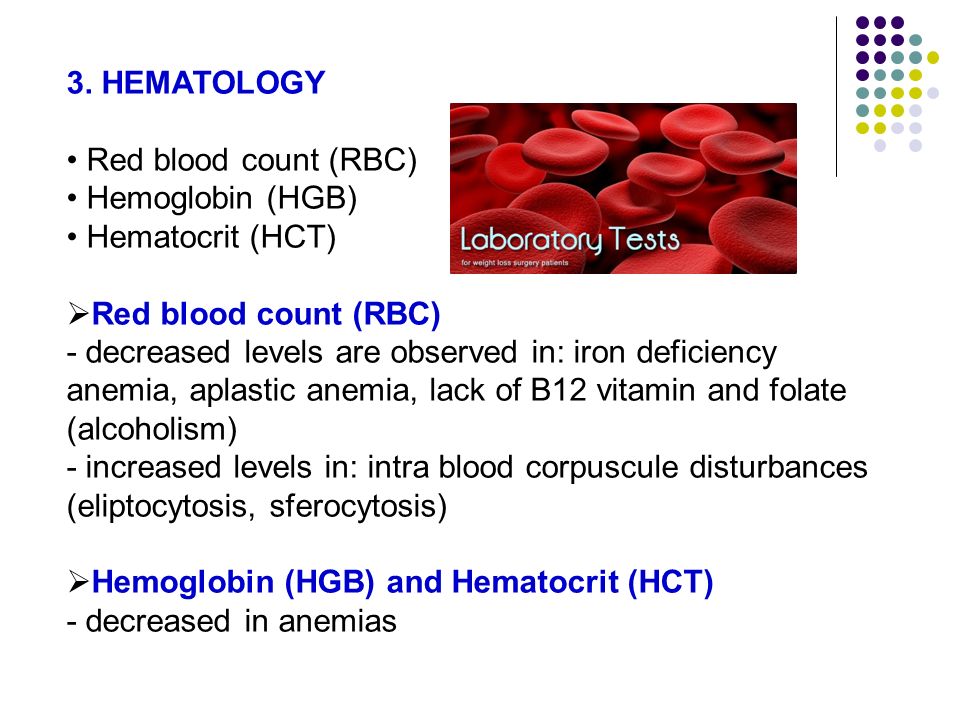
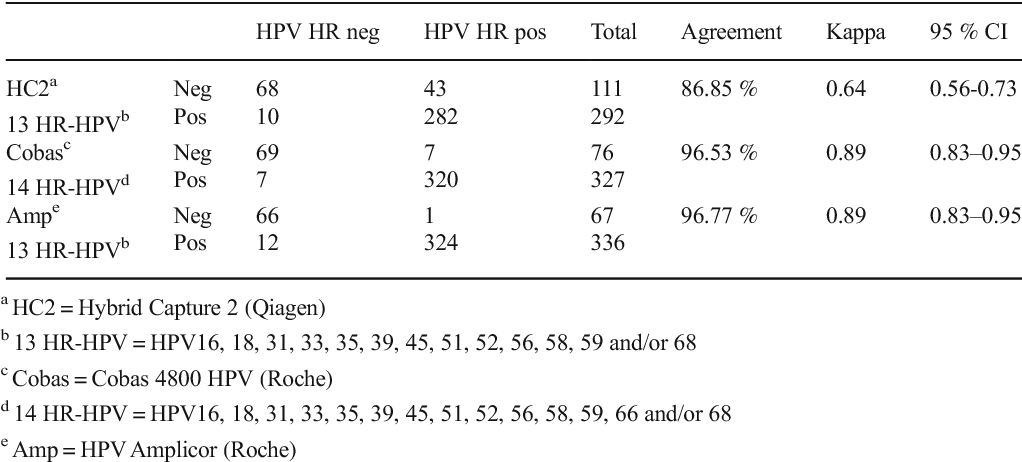
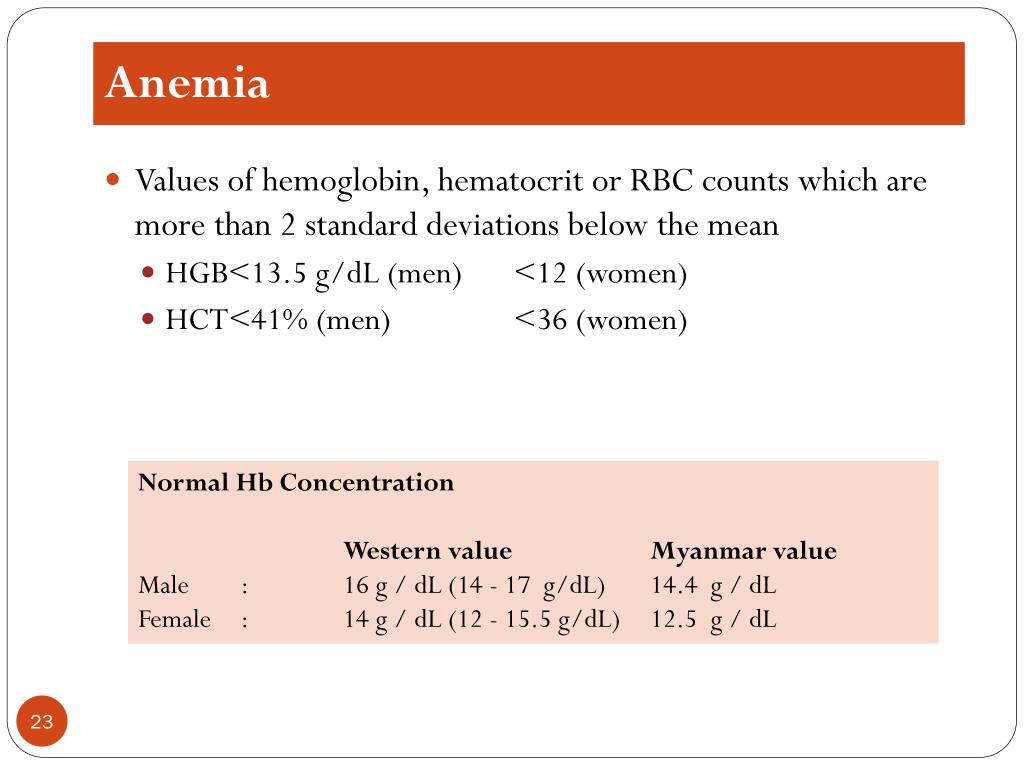 Venous thrombosis such as Budd-Chiari syndrome is also seen.
Venous thrombosis such as Budd-Chiari syndrome is also seen. J Blood Med. 2017;8:123-130. [PMC free article: PMC5587168] [PubMed: 28919829]
J Blood Med. 2017;8:123-130. [PMC free article: PMC5587168] [PubMed: 28919829]

 N Engl J Med. 2004 Jan 08;350(2):114-24. [PubMed: 14711910]
N Engl J Med. 2004 Jan 08;350(2):114-24. [PubMed: 14711910] Pruritus in polycythemia vera is associated with a lower risk of arterial thrombosis. Am J Hematol. 2008 Jun;83(6):451-3. [PubMed: 18257107]
Pruritus in polycythemia vera is associated with a lower risk of arterial thrombosis. Am J Hematol. 2008 Jun;83(6):451-3. [PubMed: 18257107]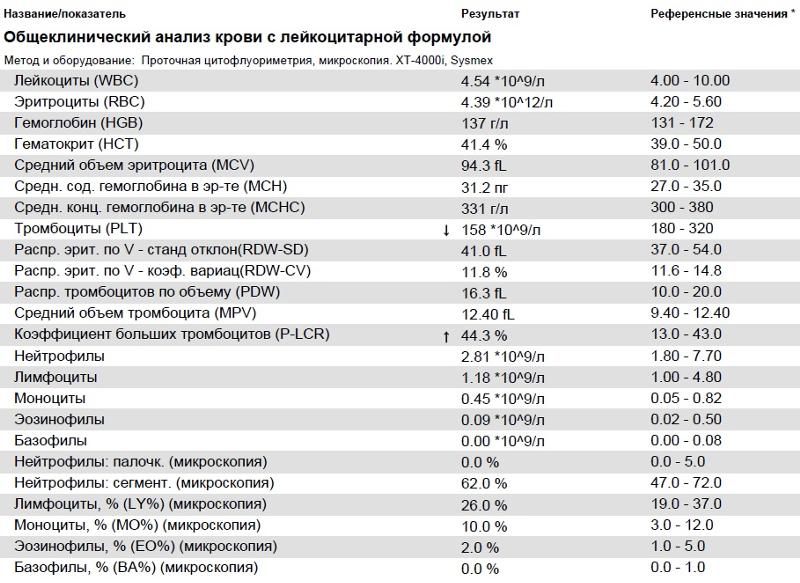
 (Hb and HCT are both high during and immediately after hemorrhage.)
(Hb and HCT are both high during and immediately after hemorrhage.)
